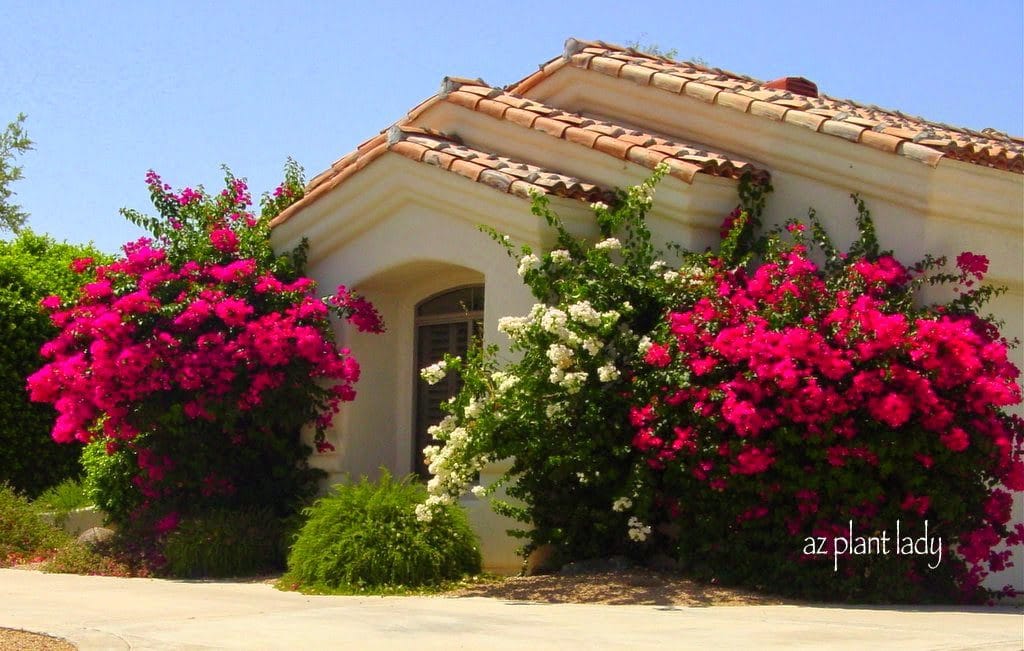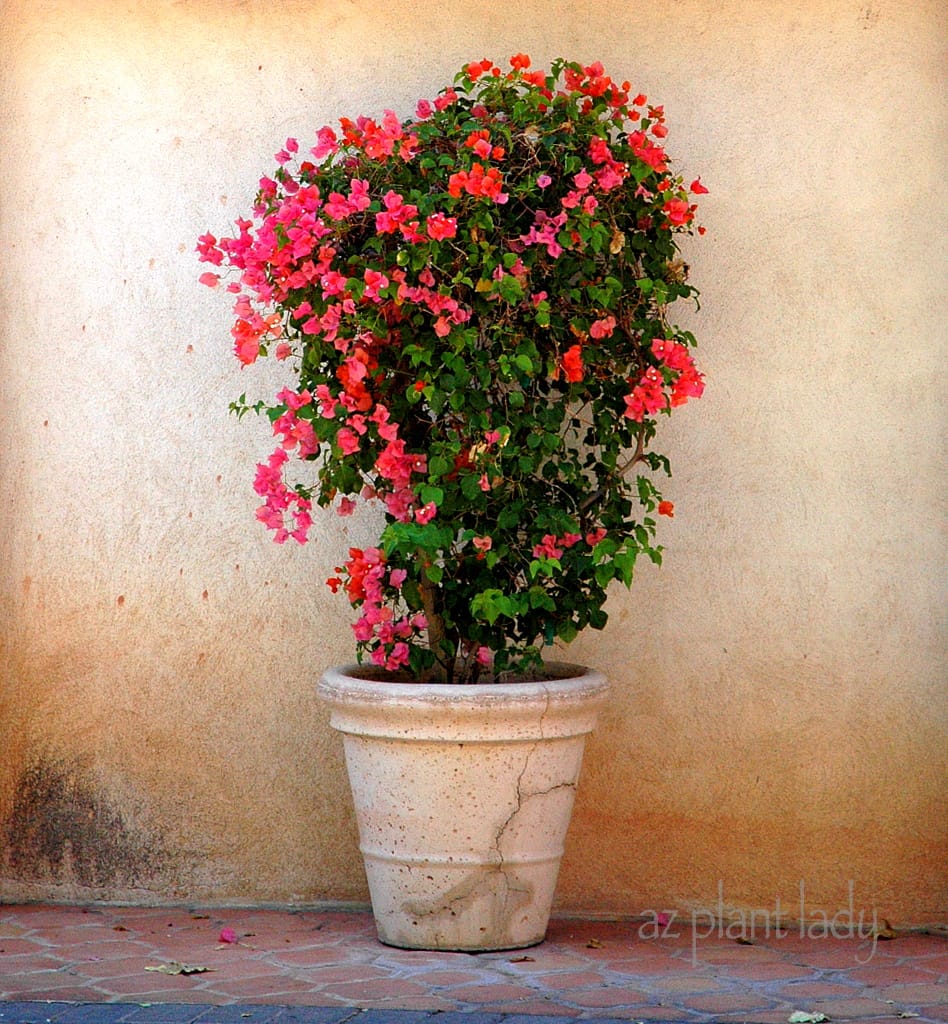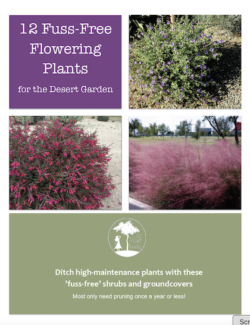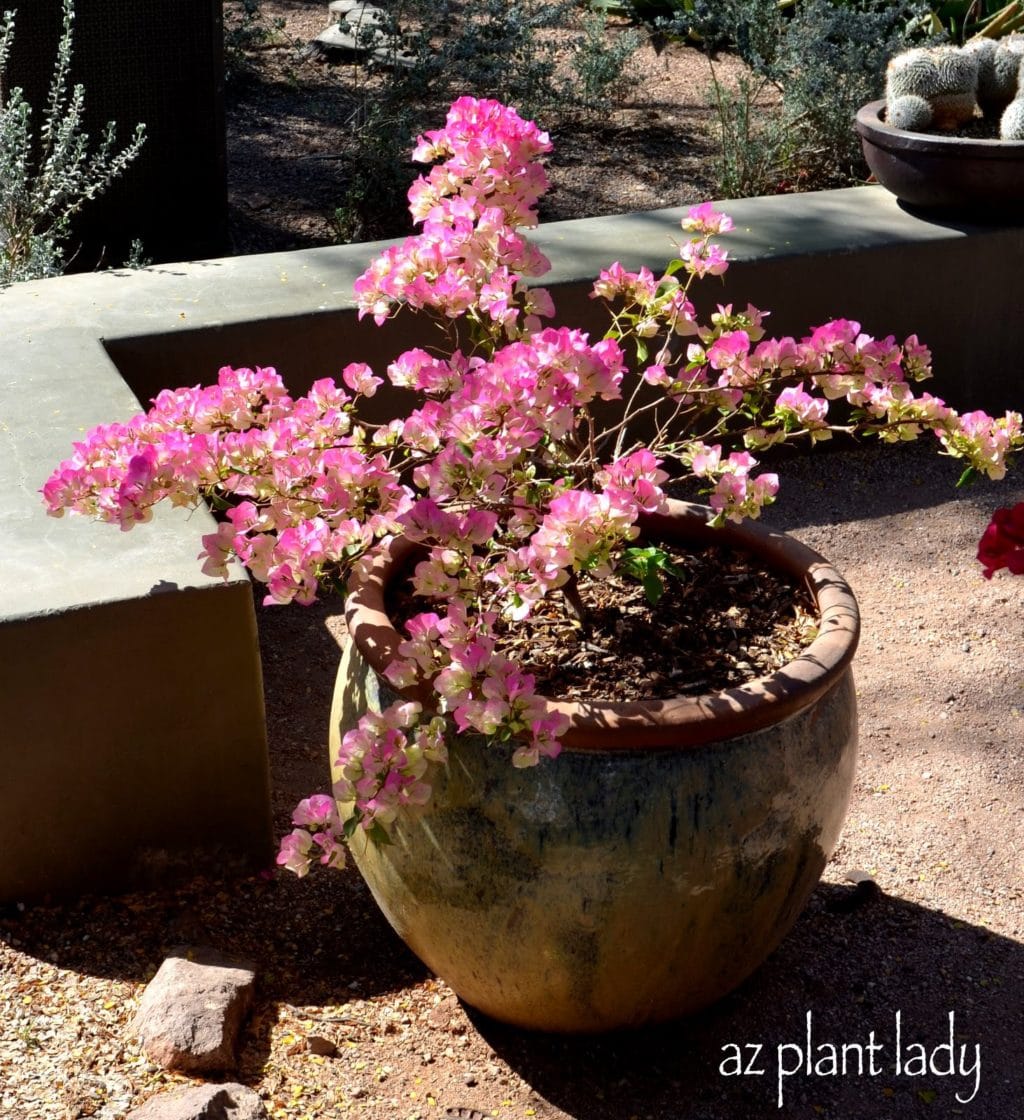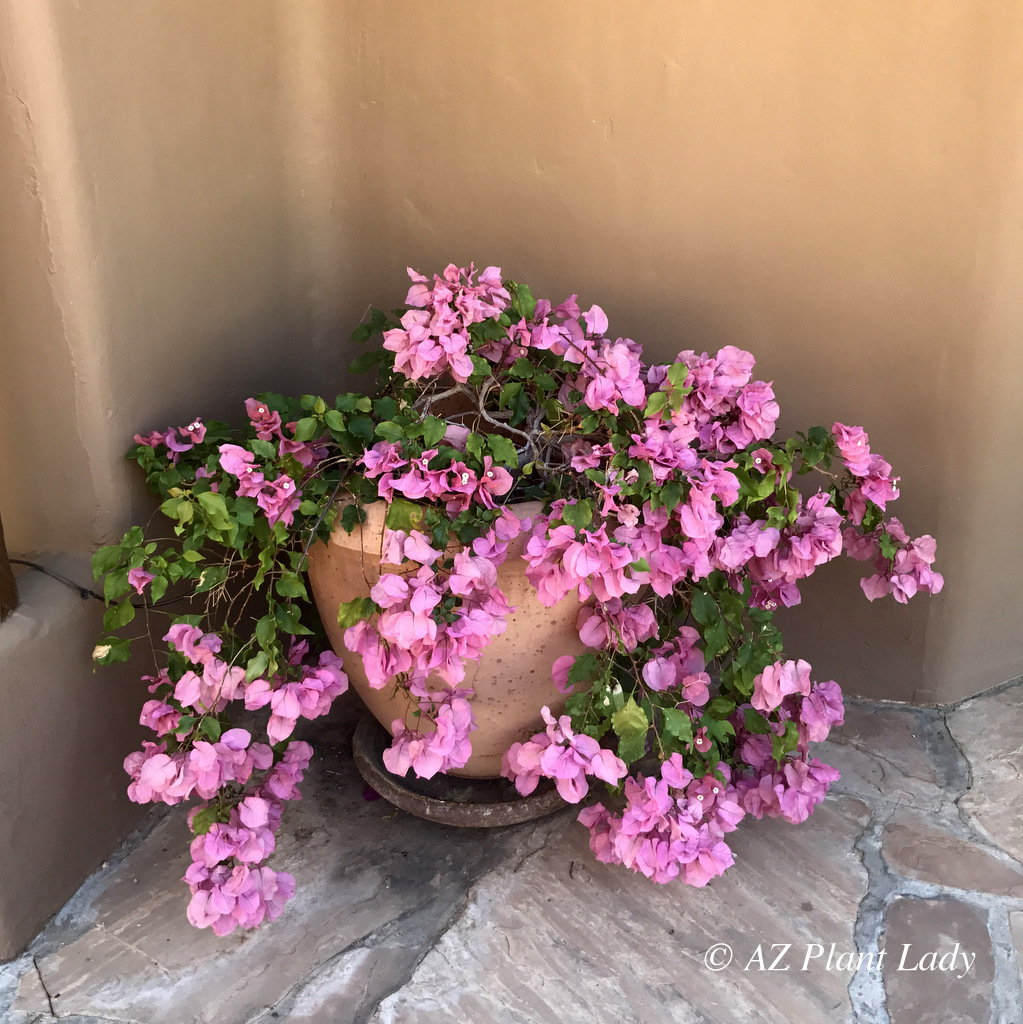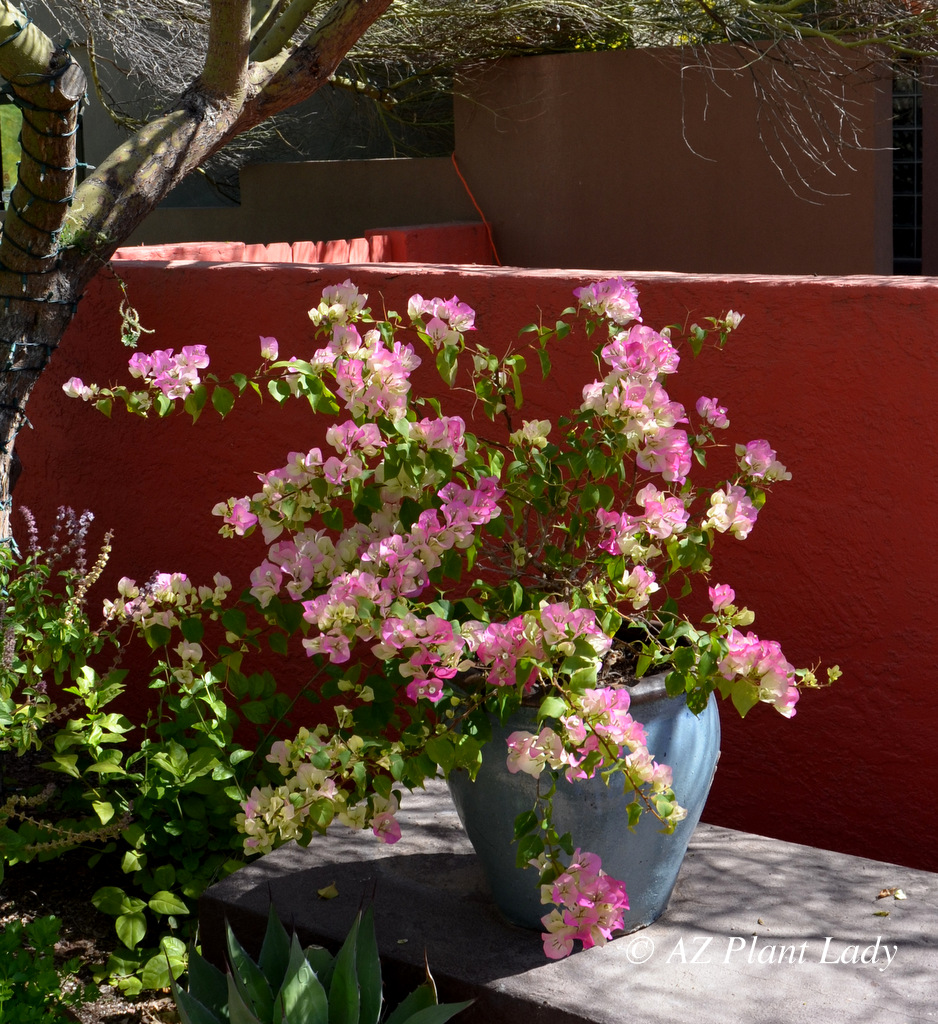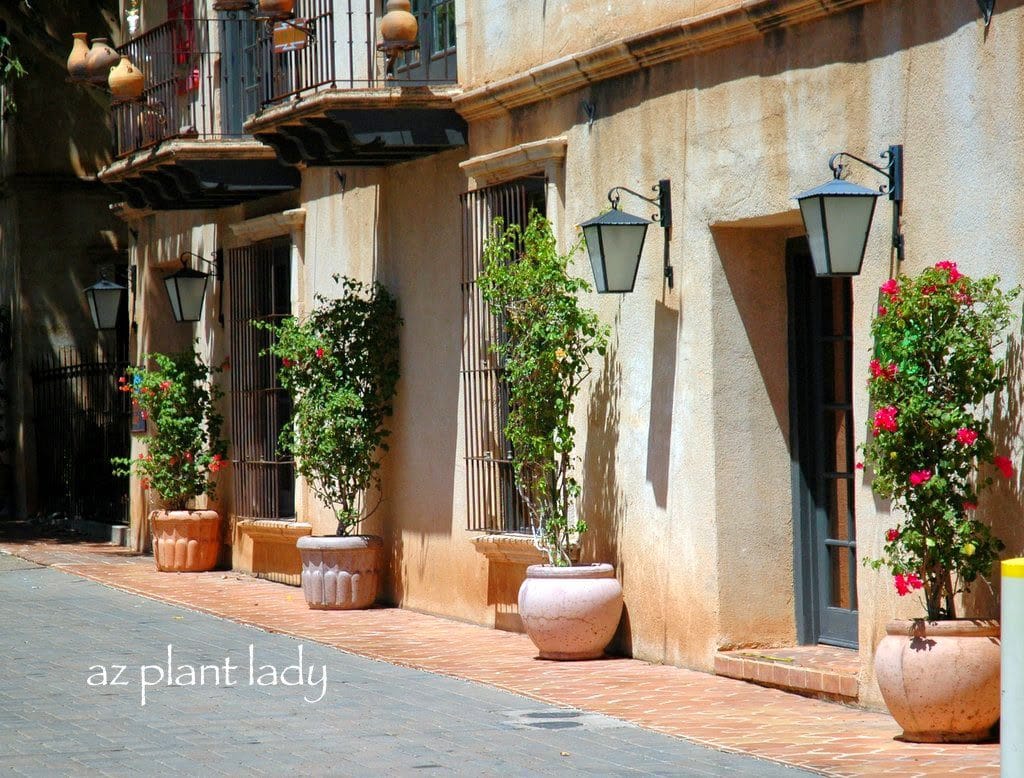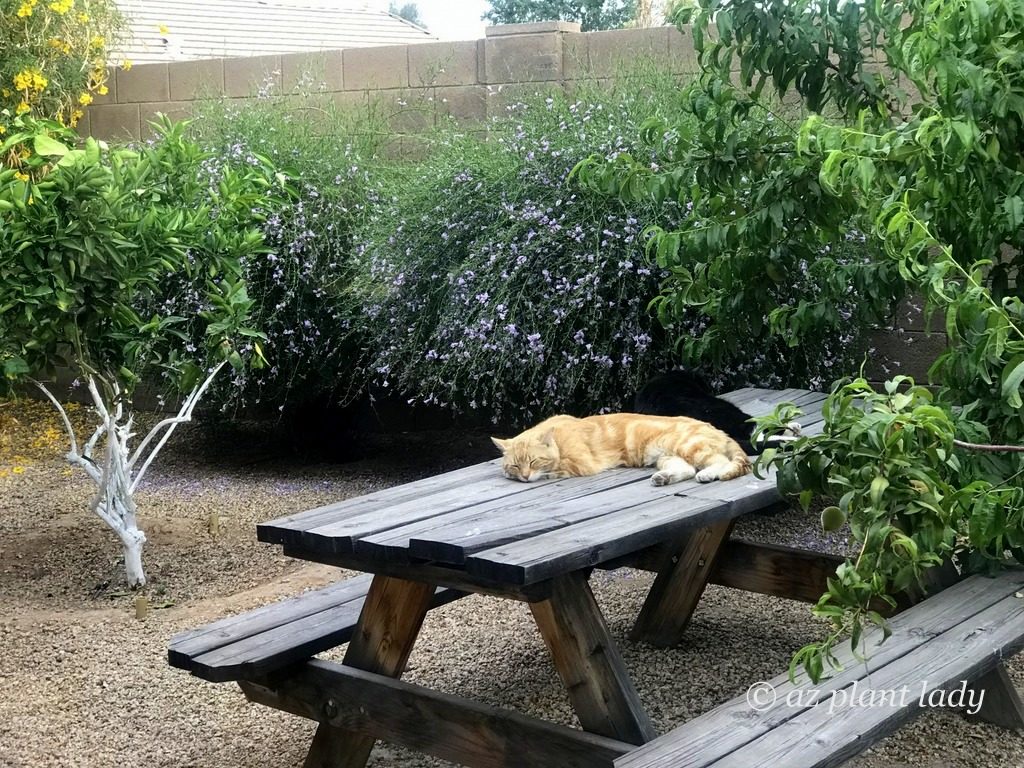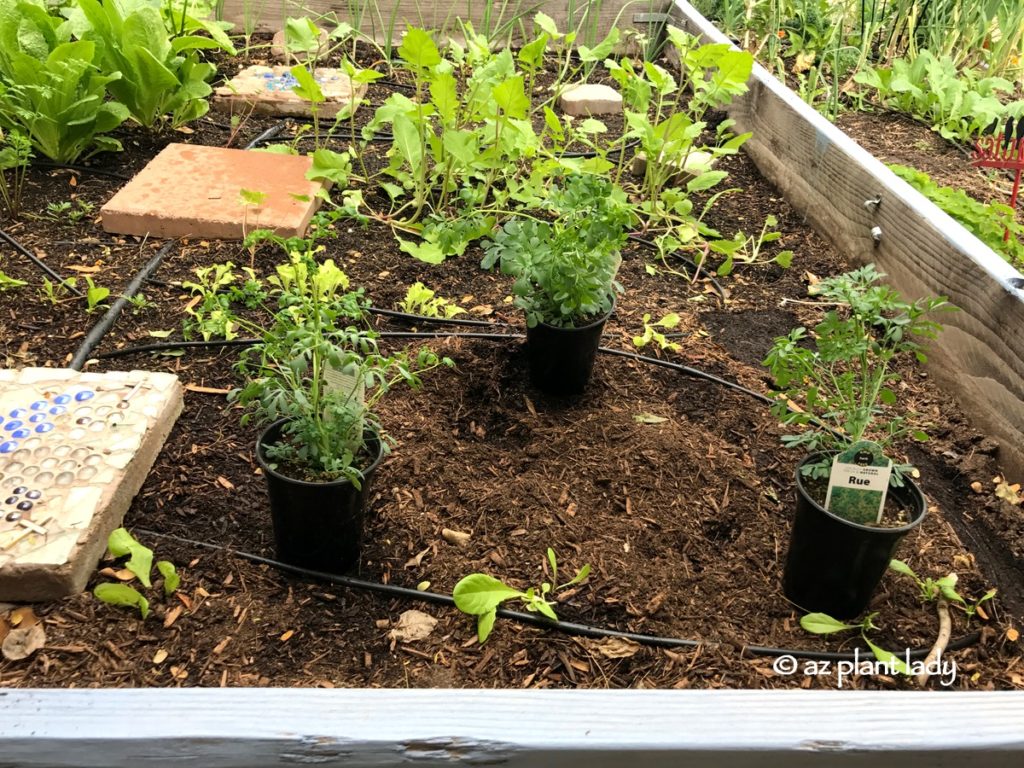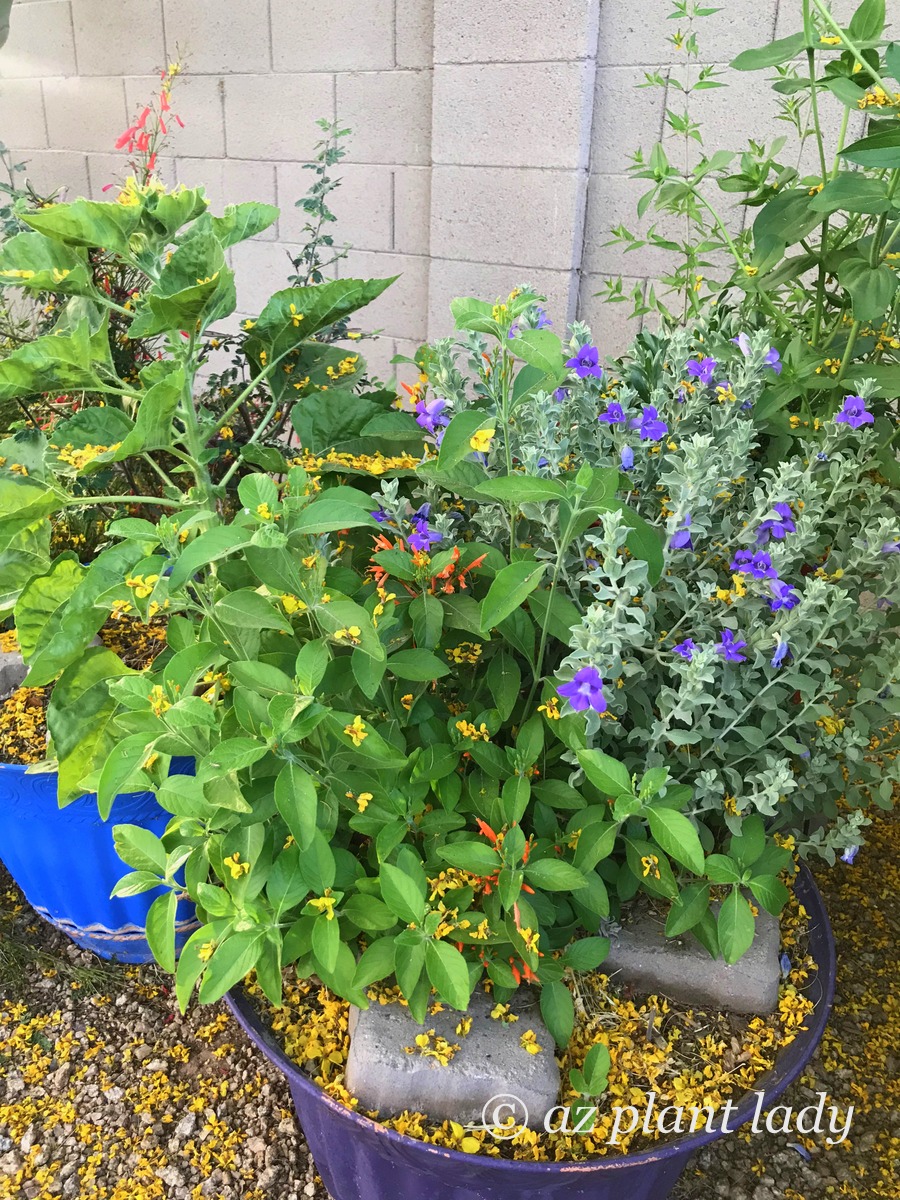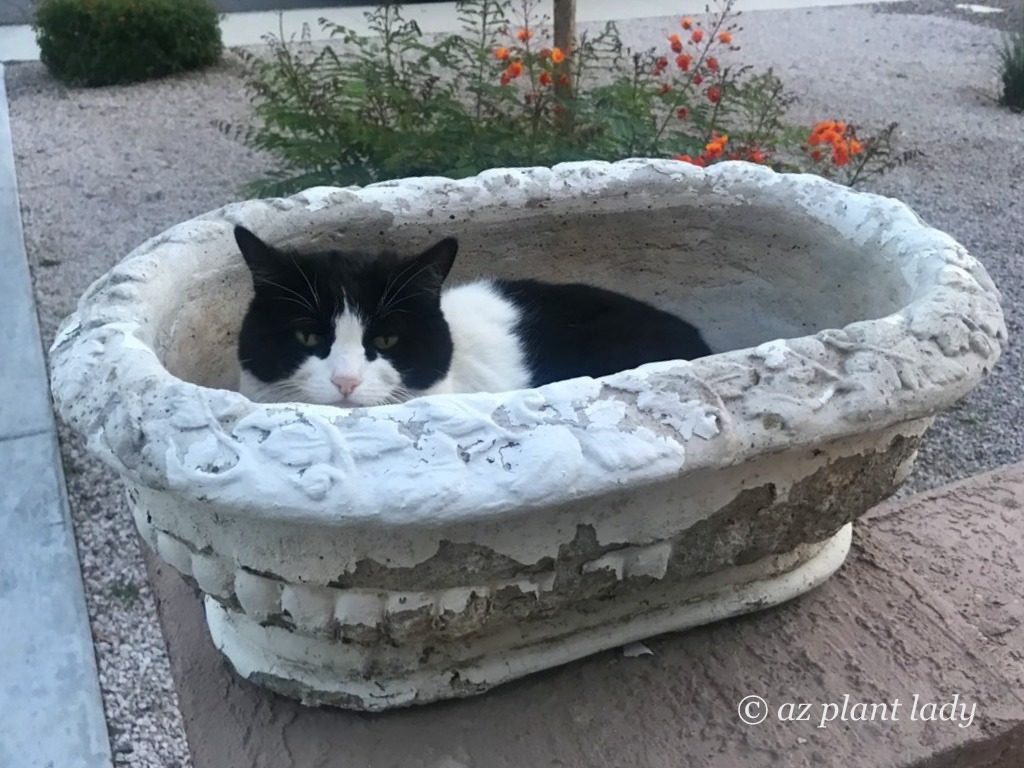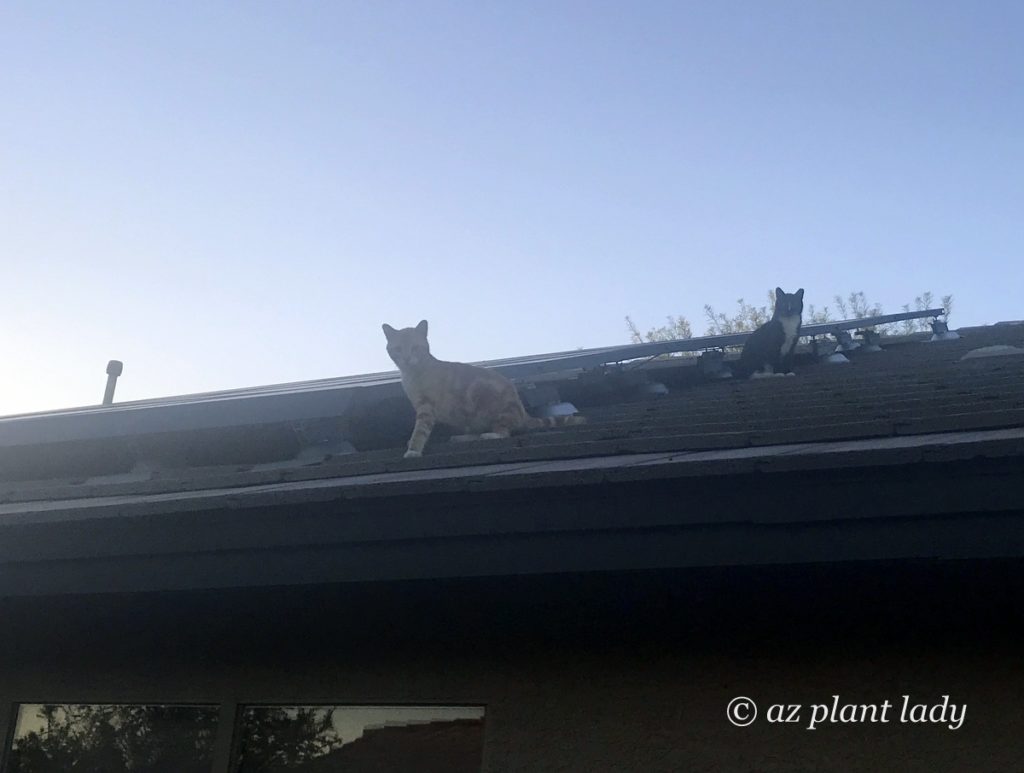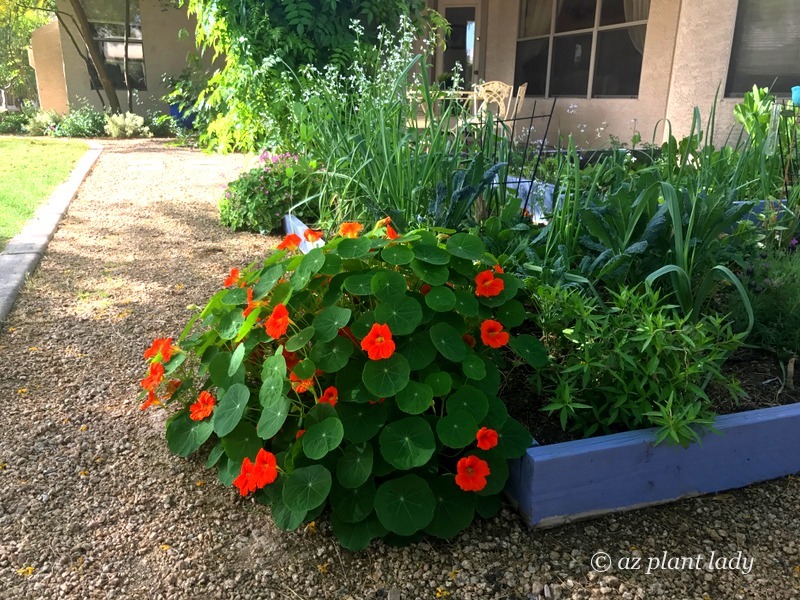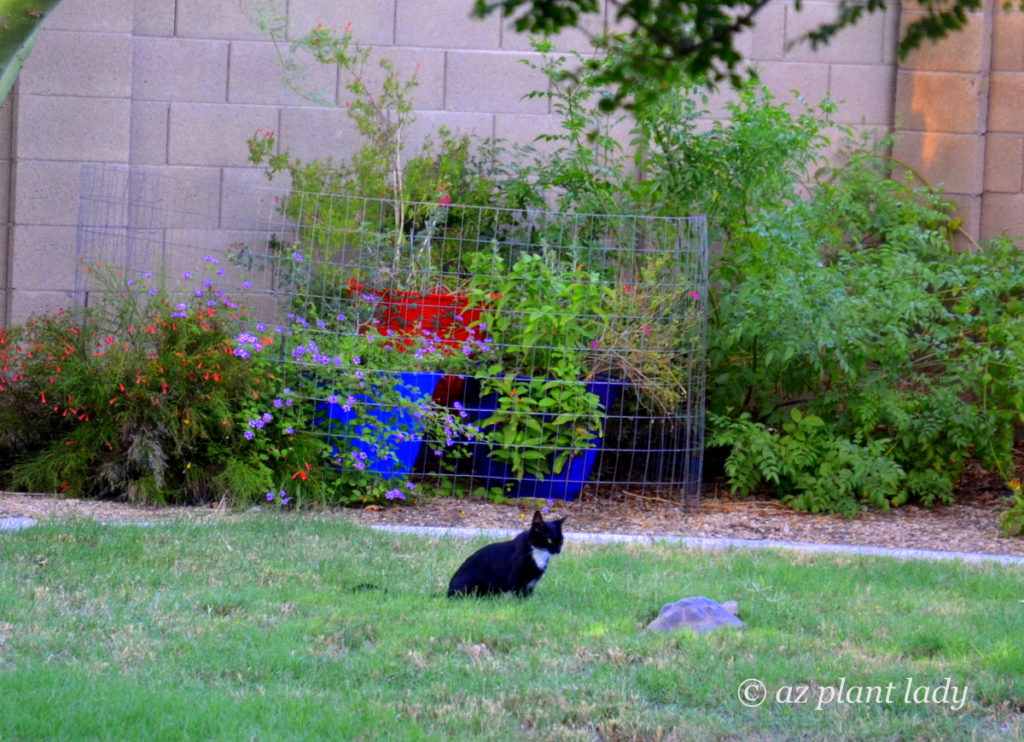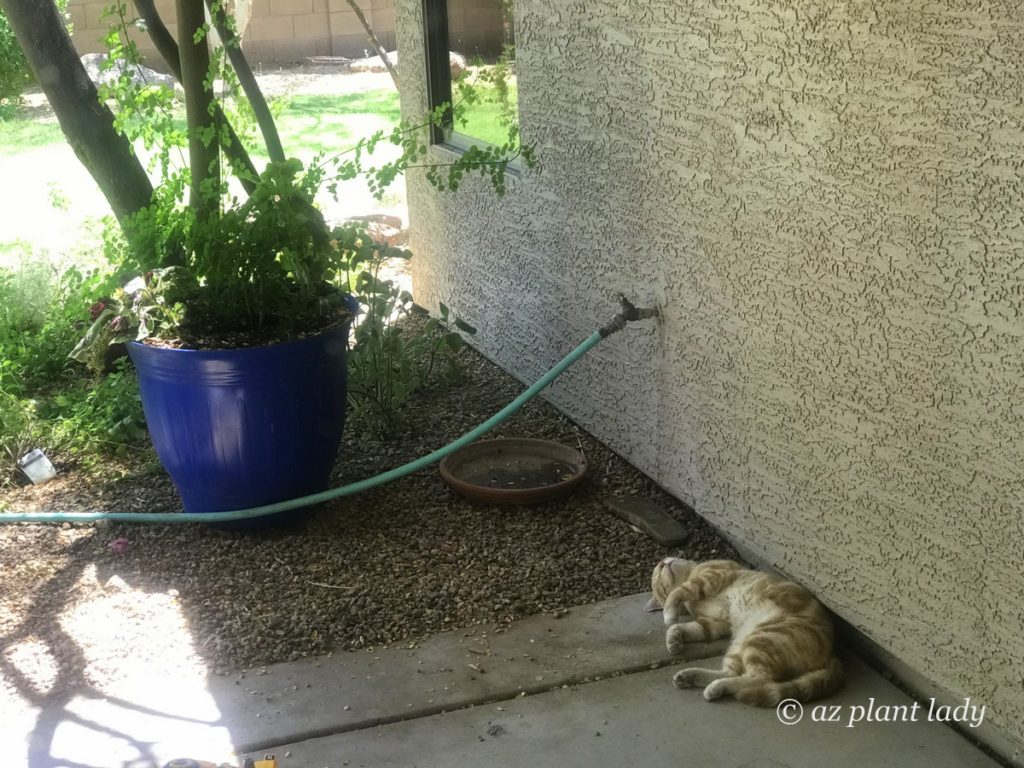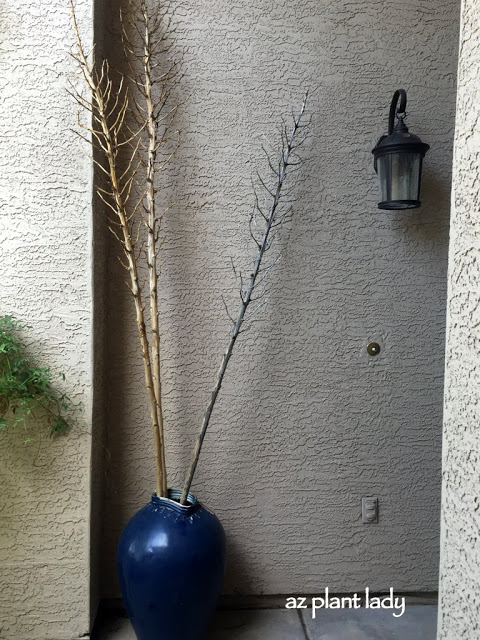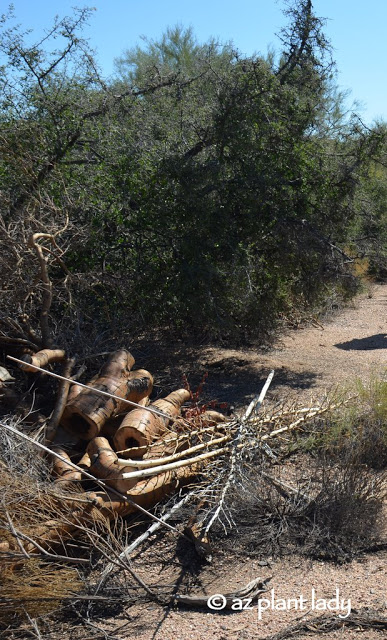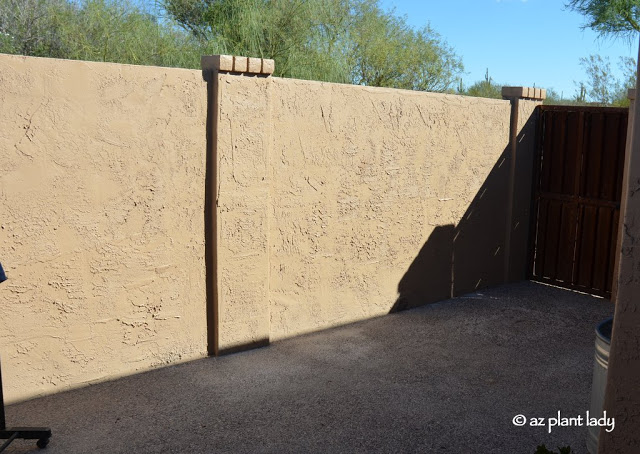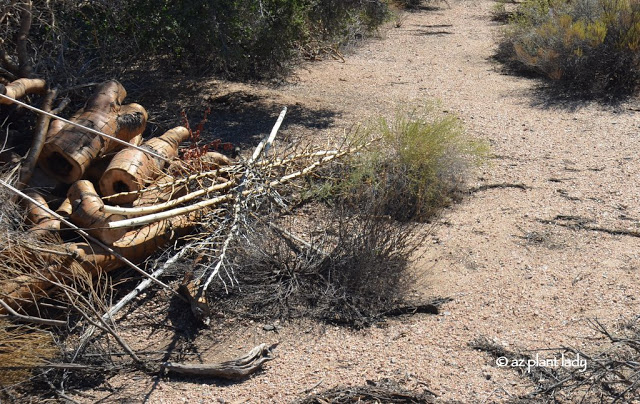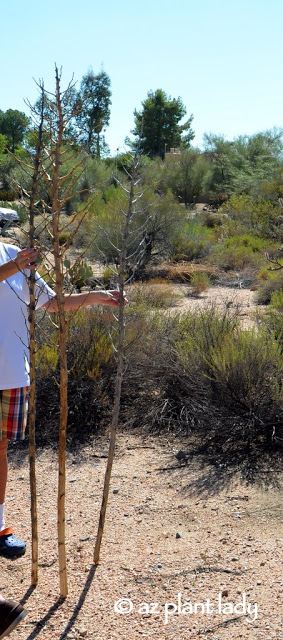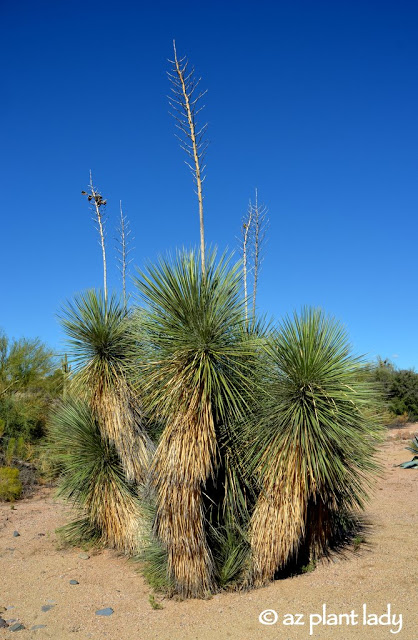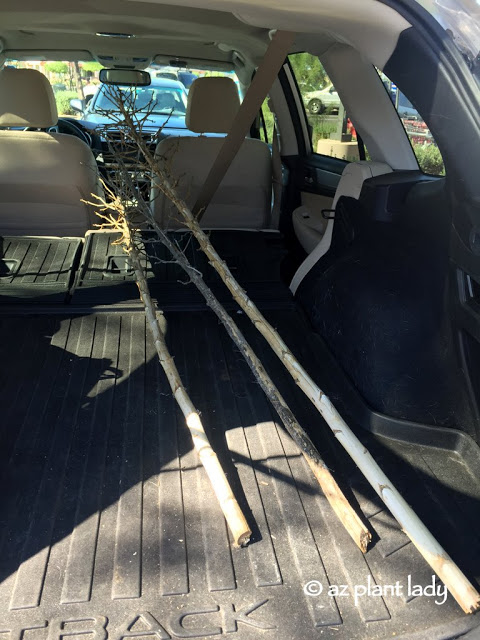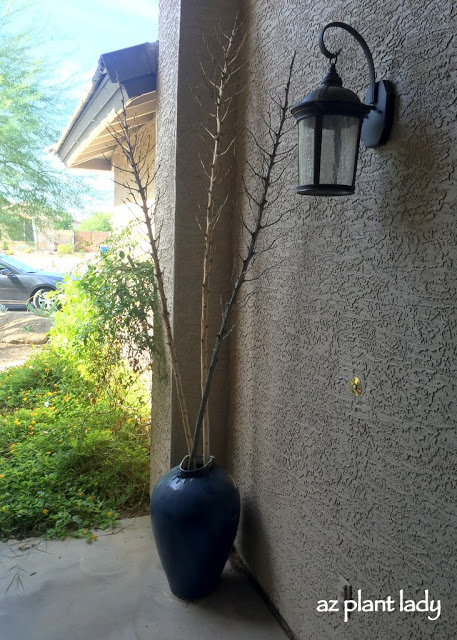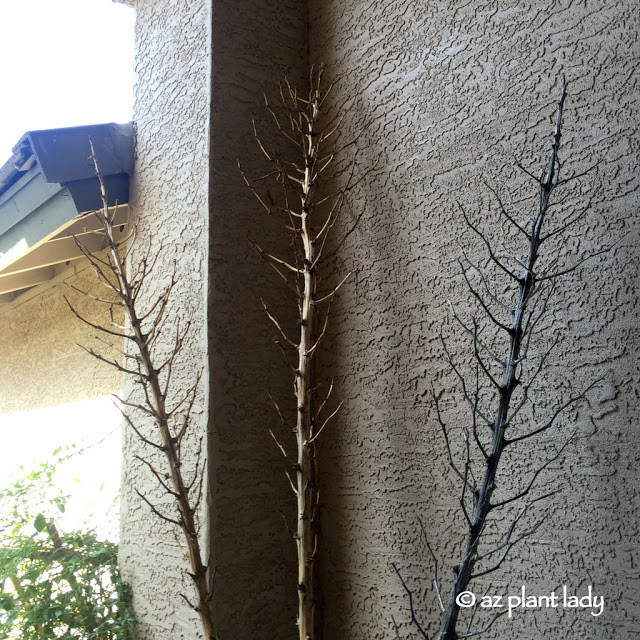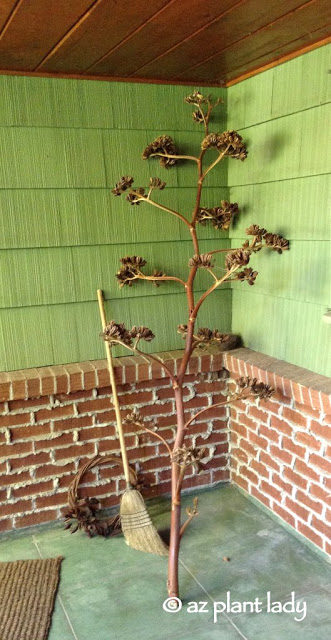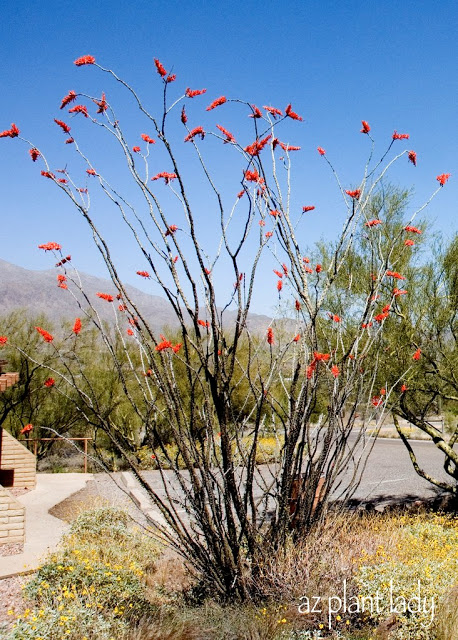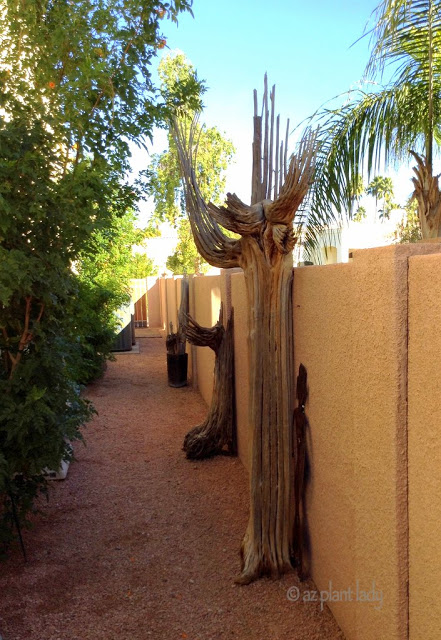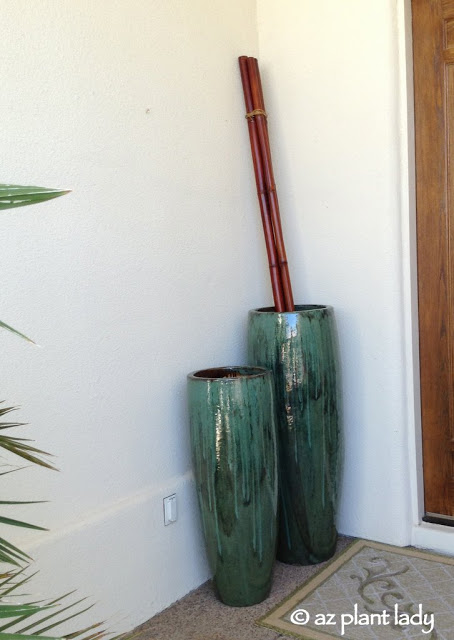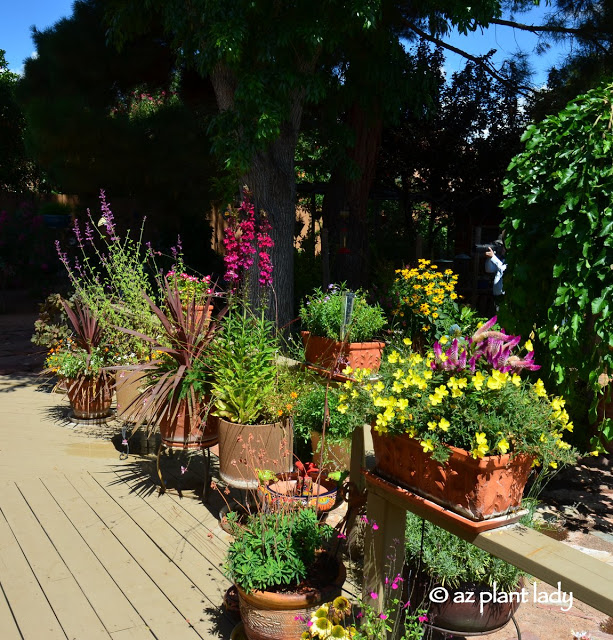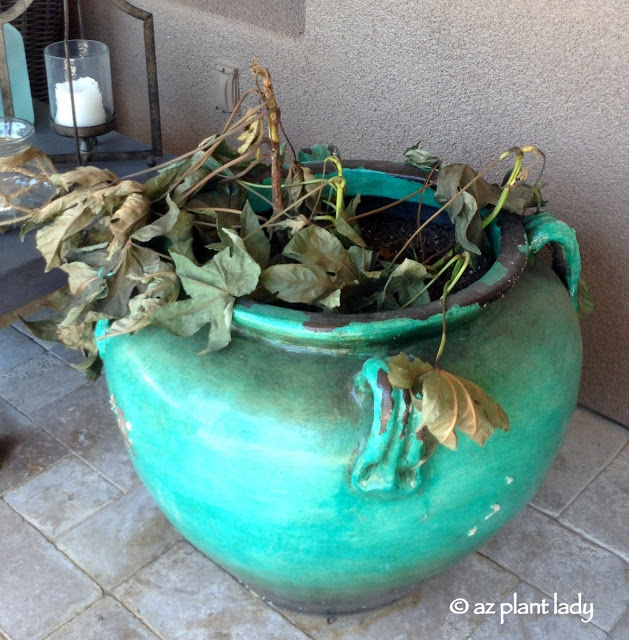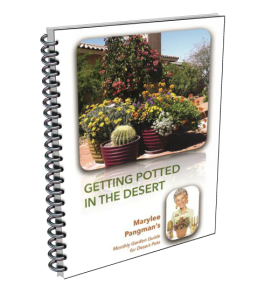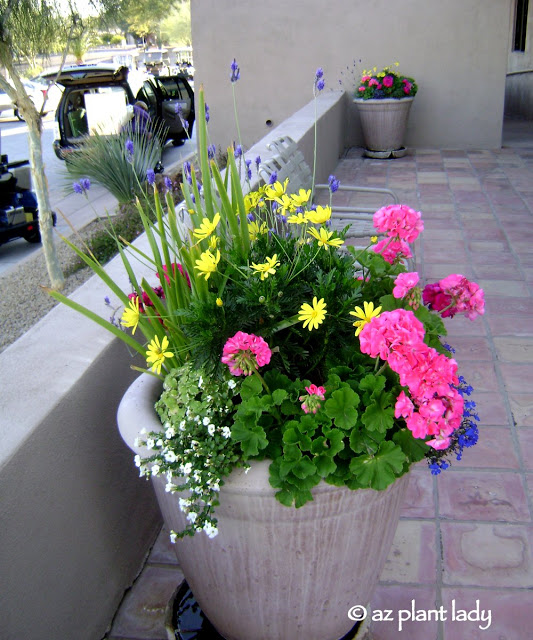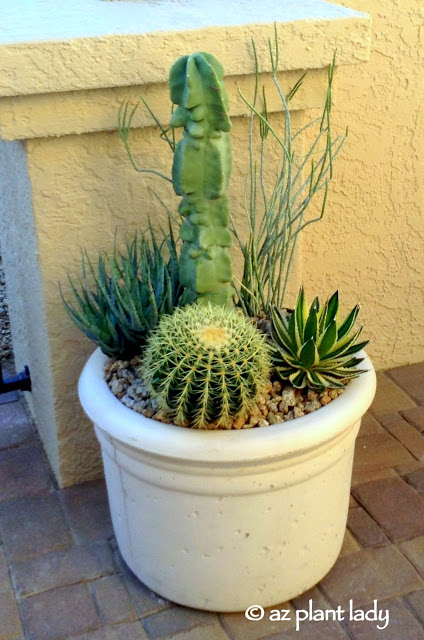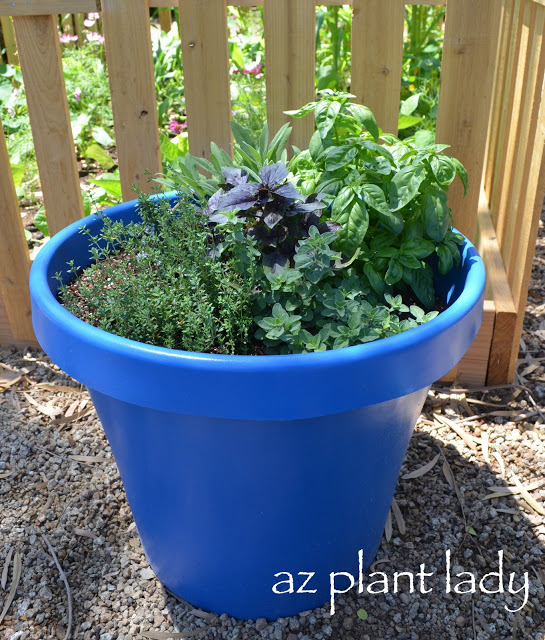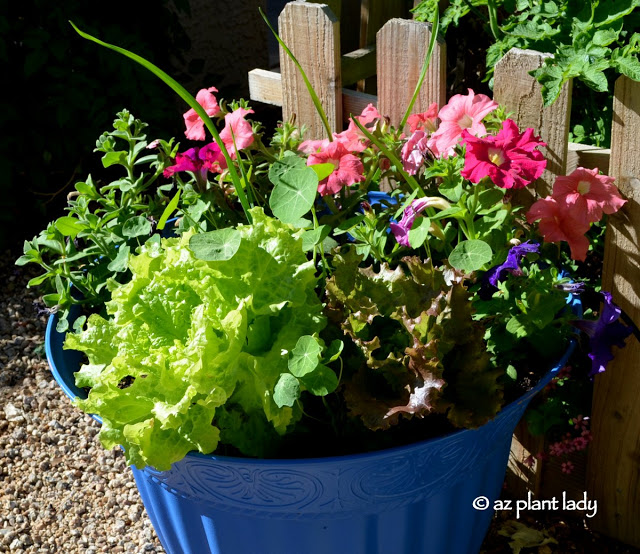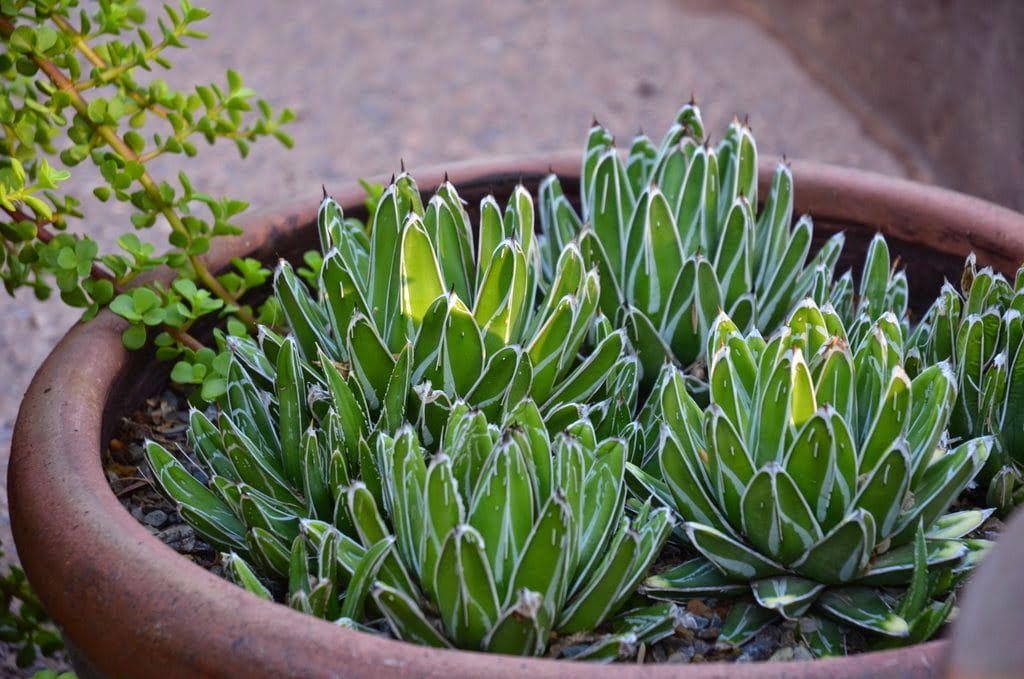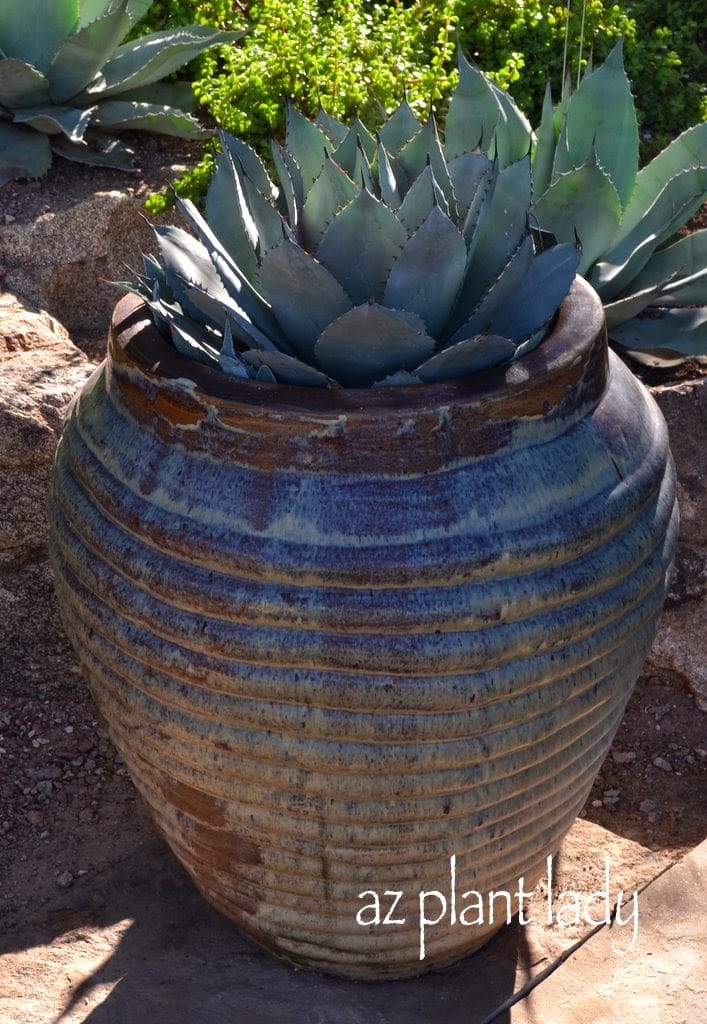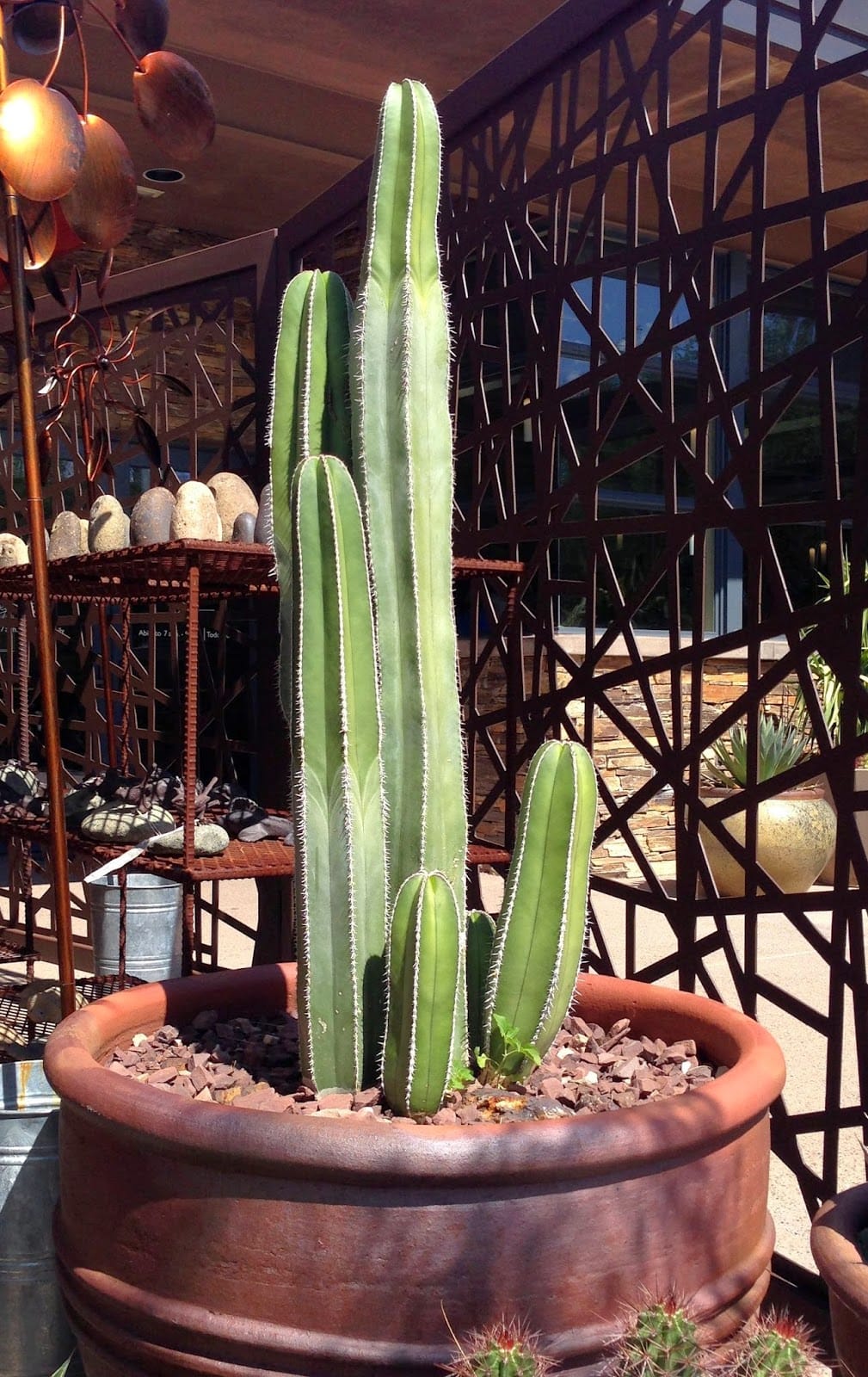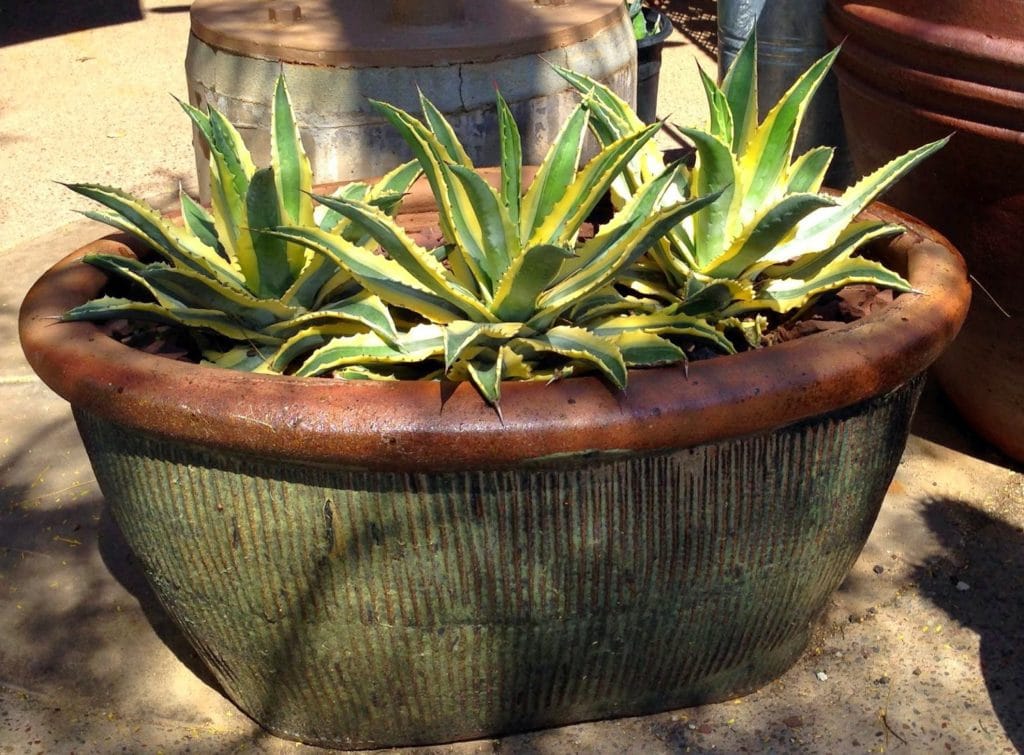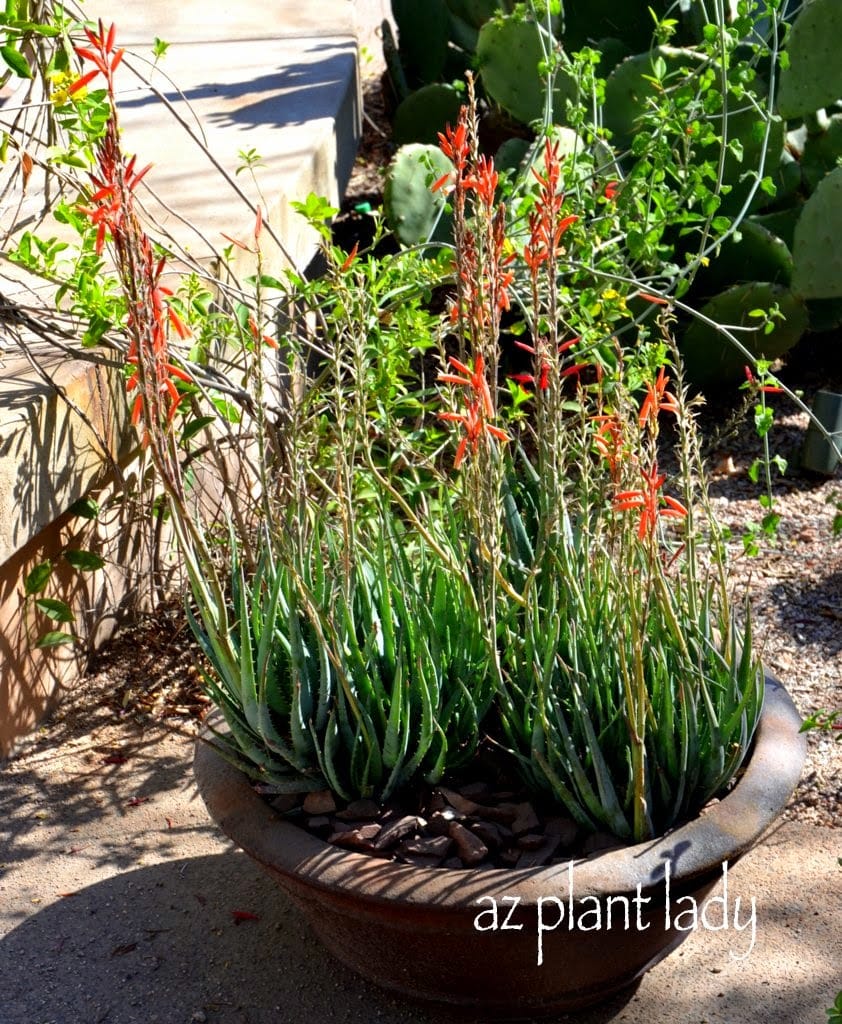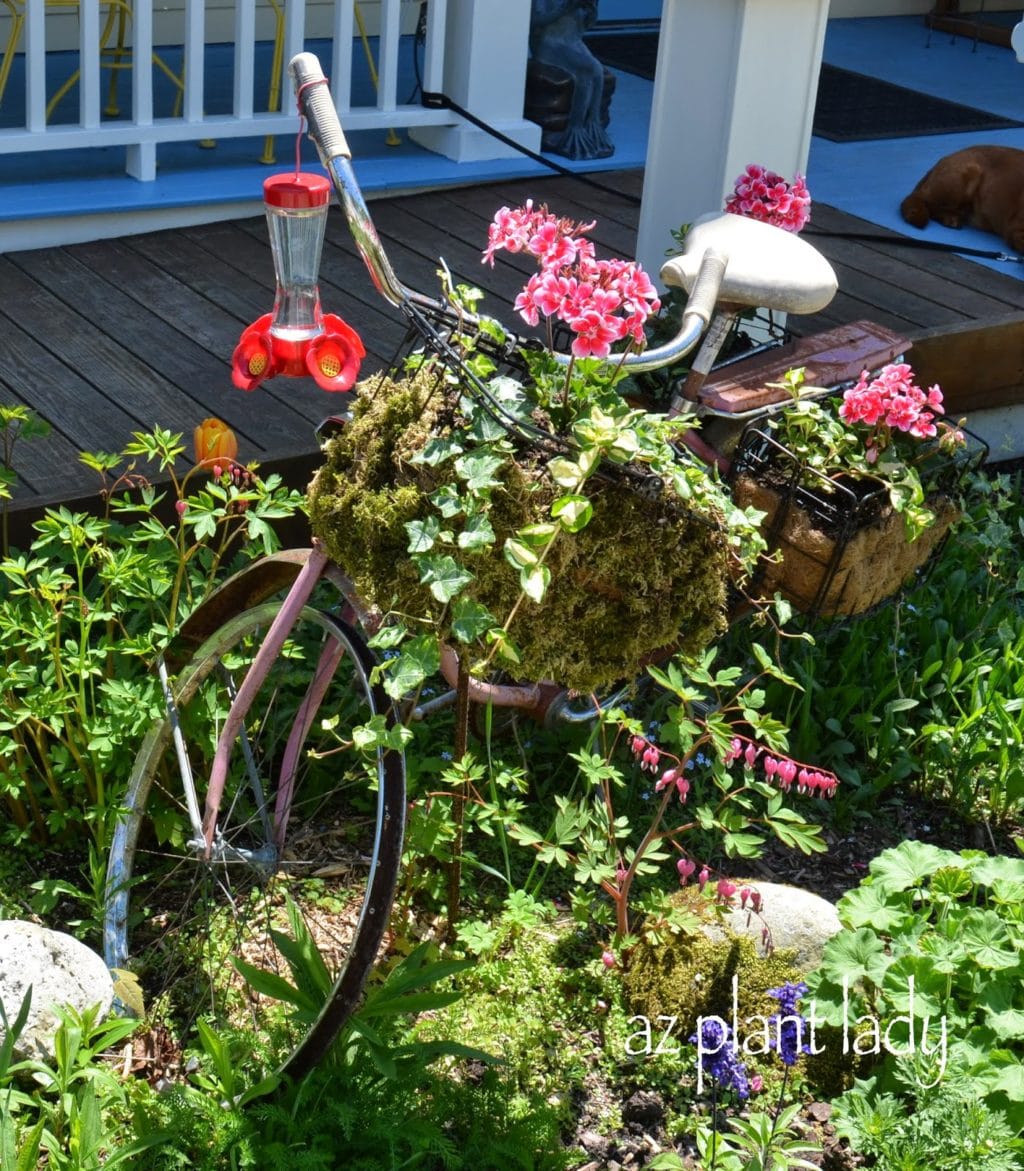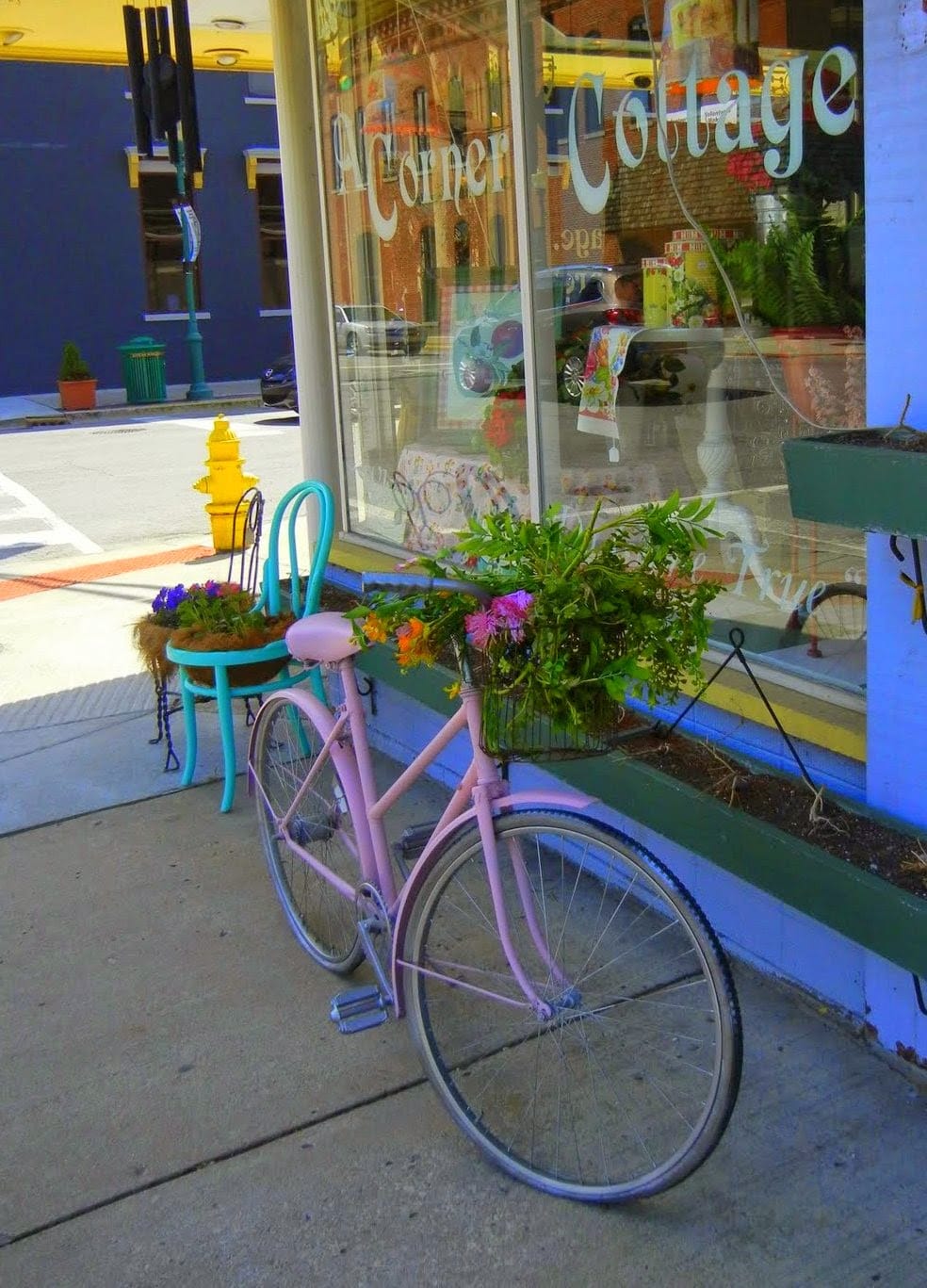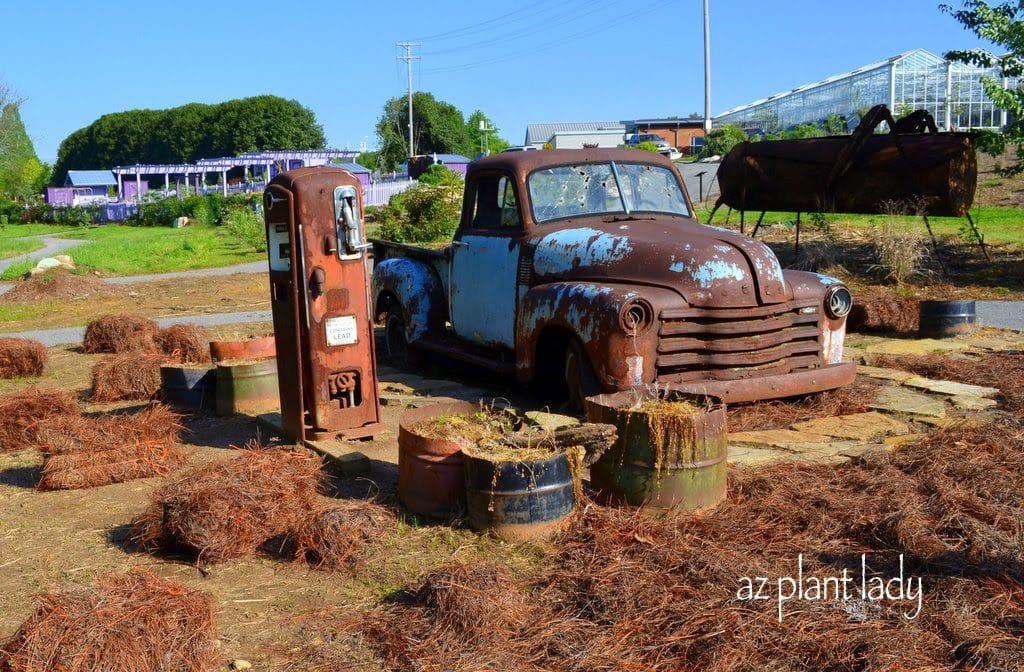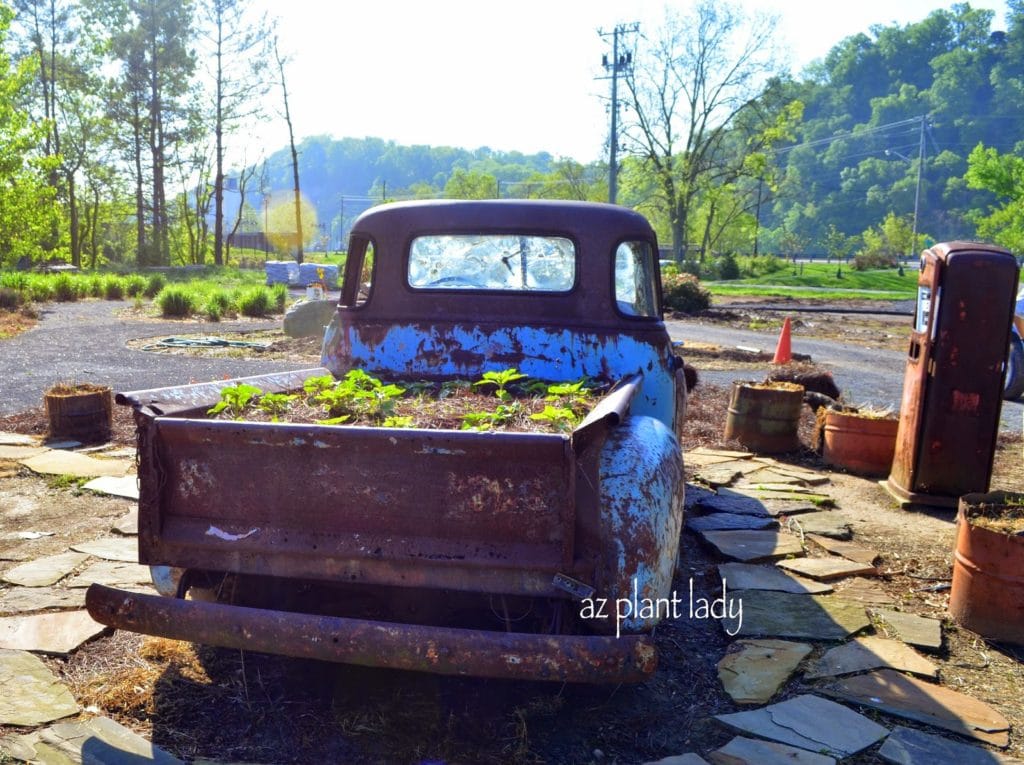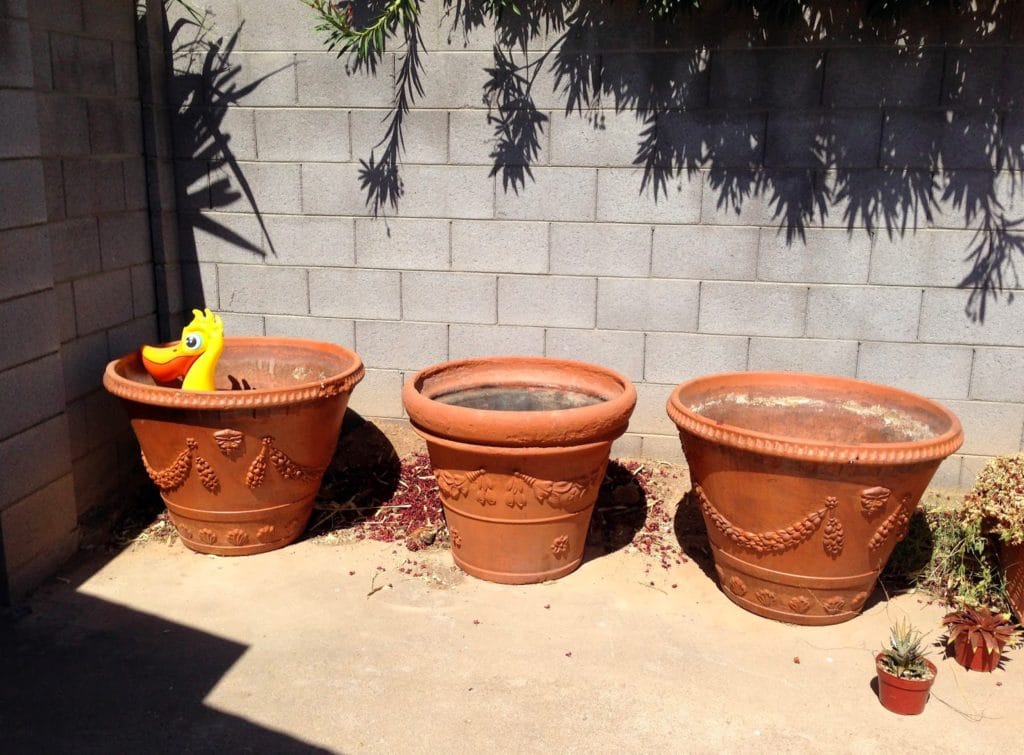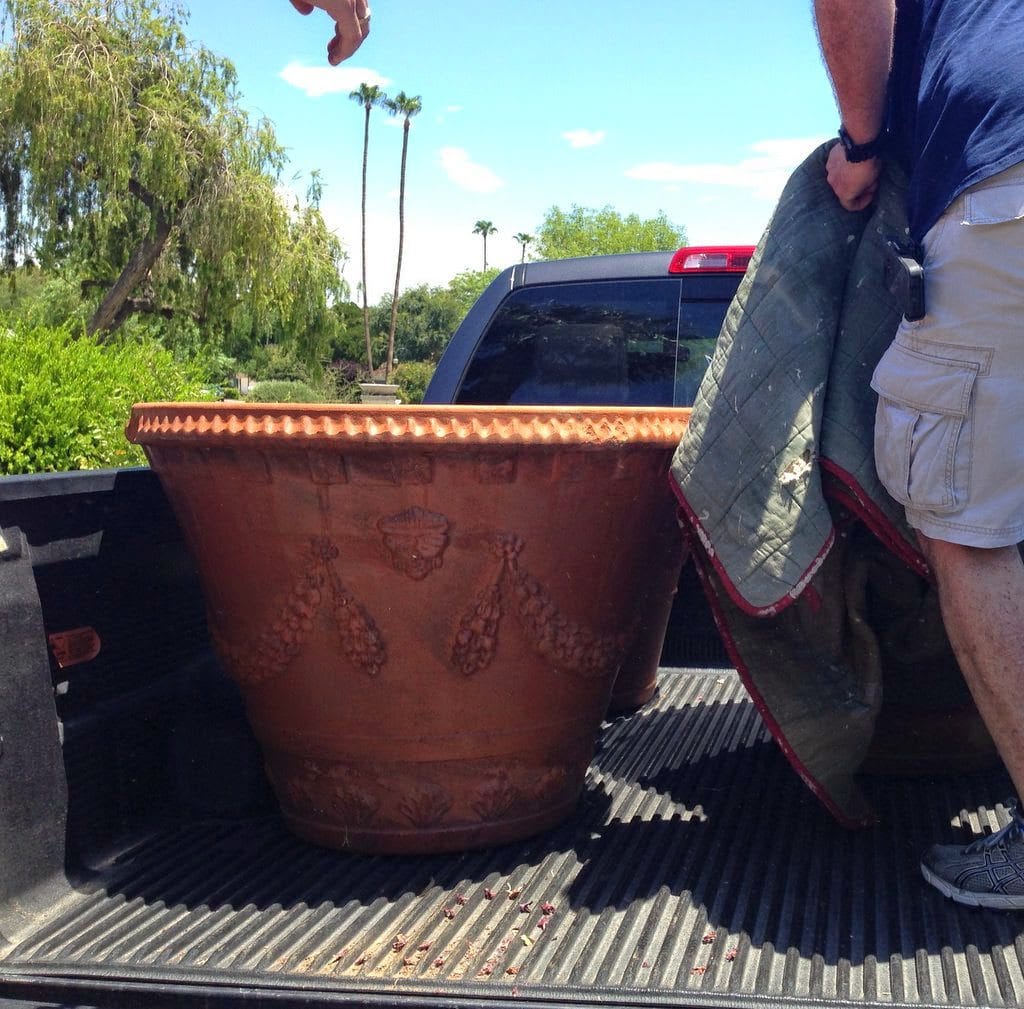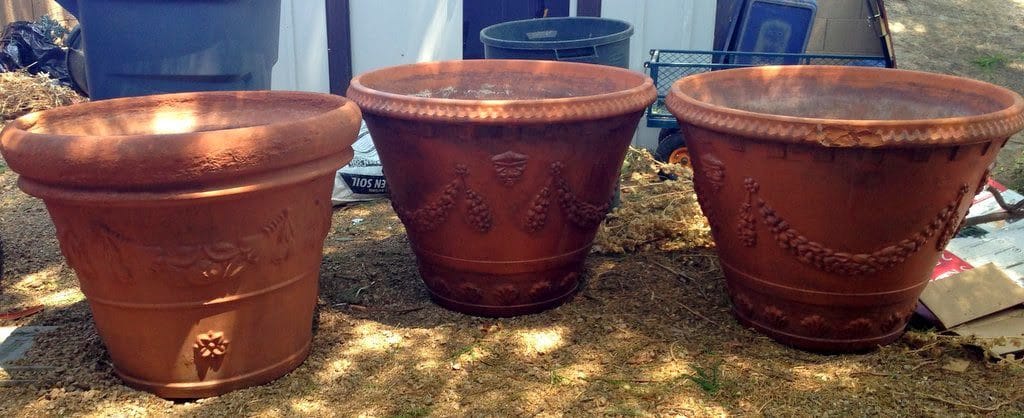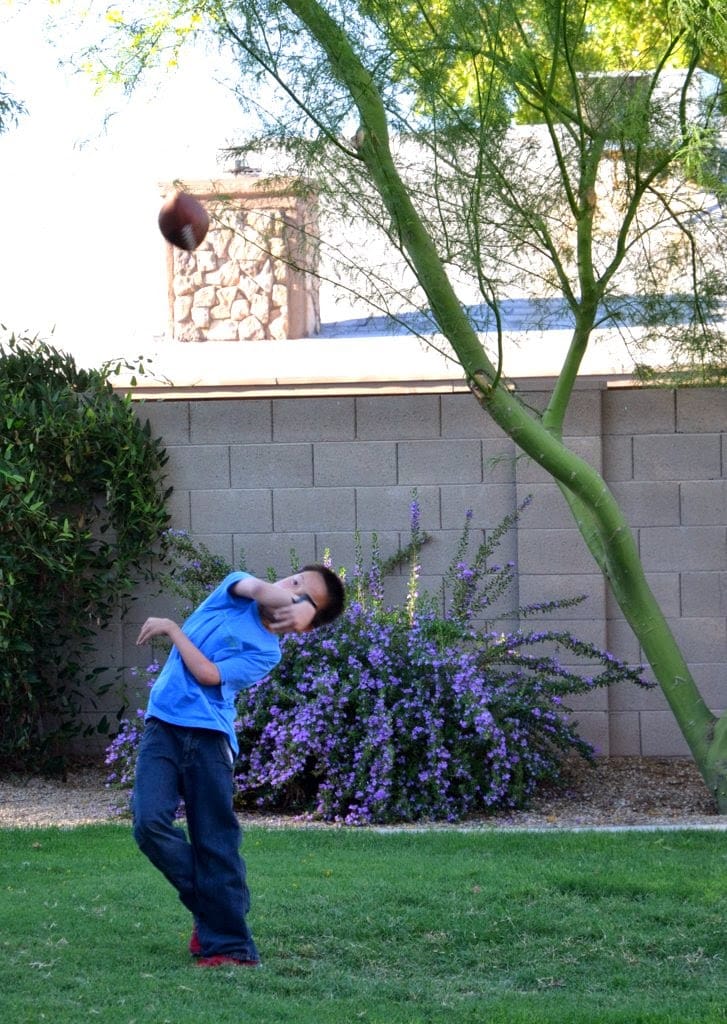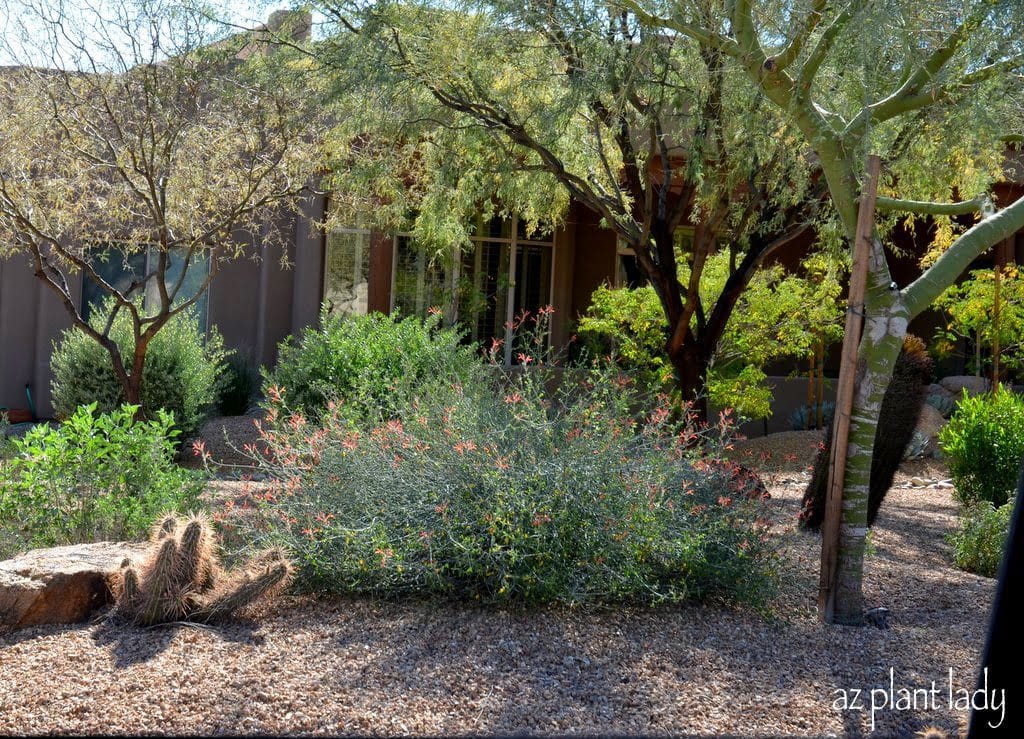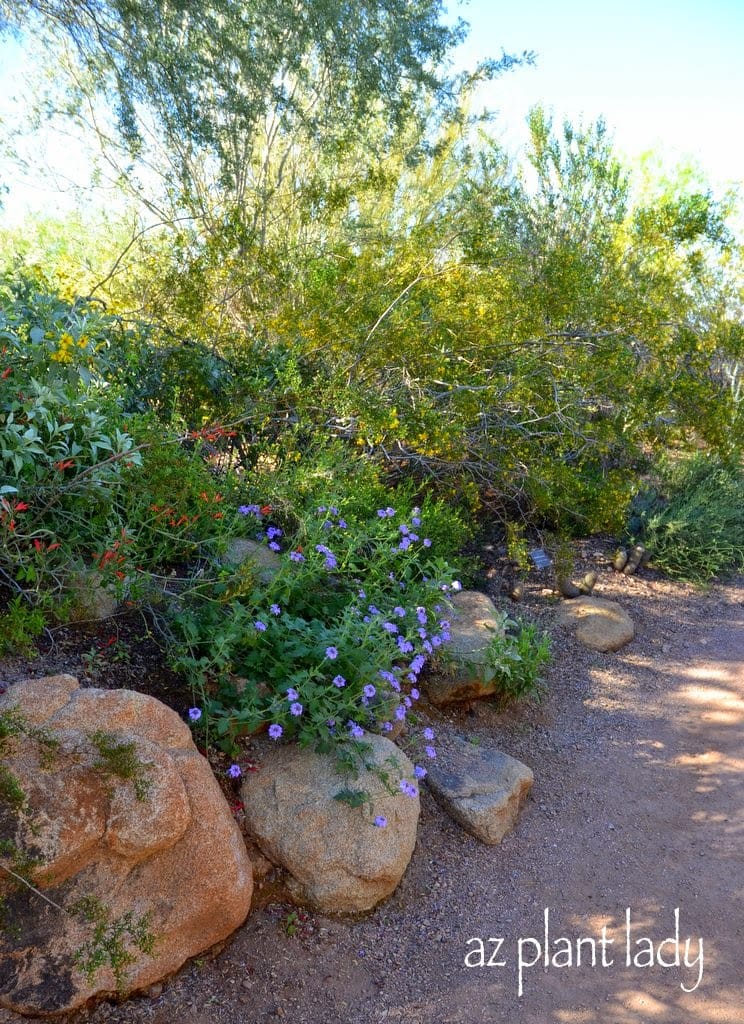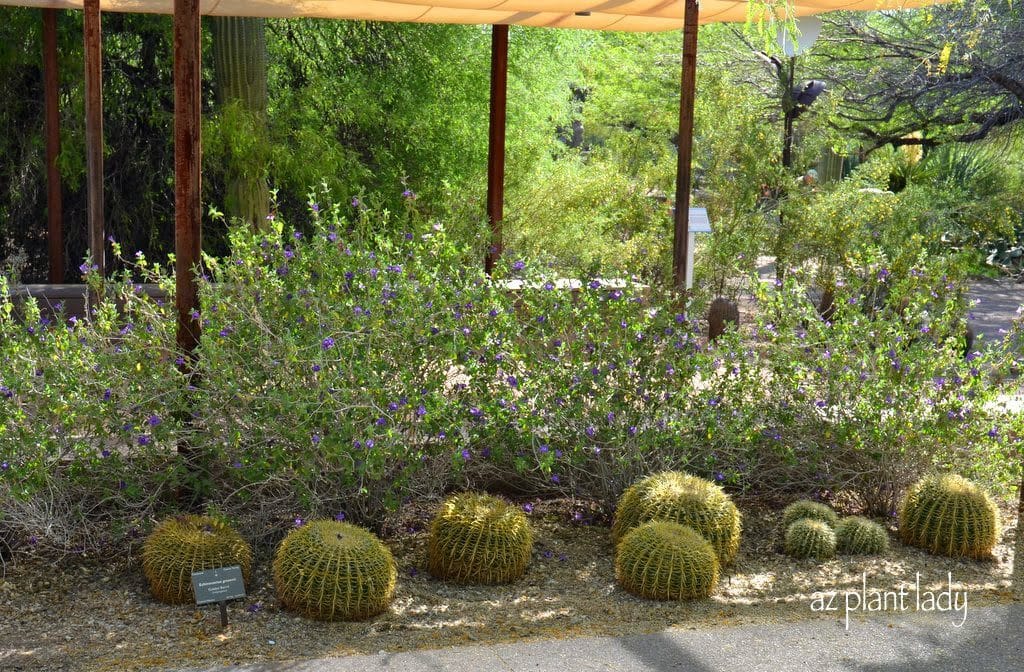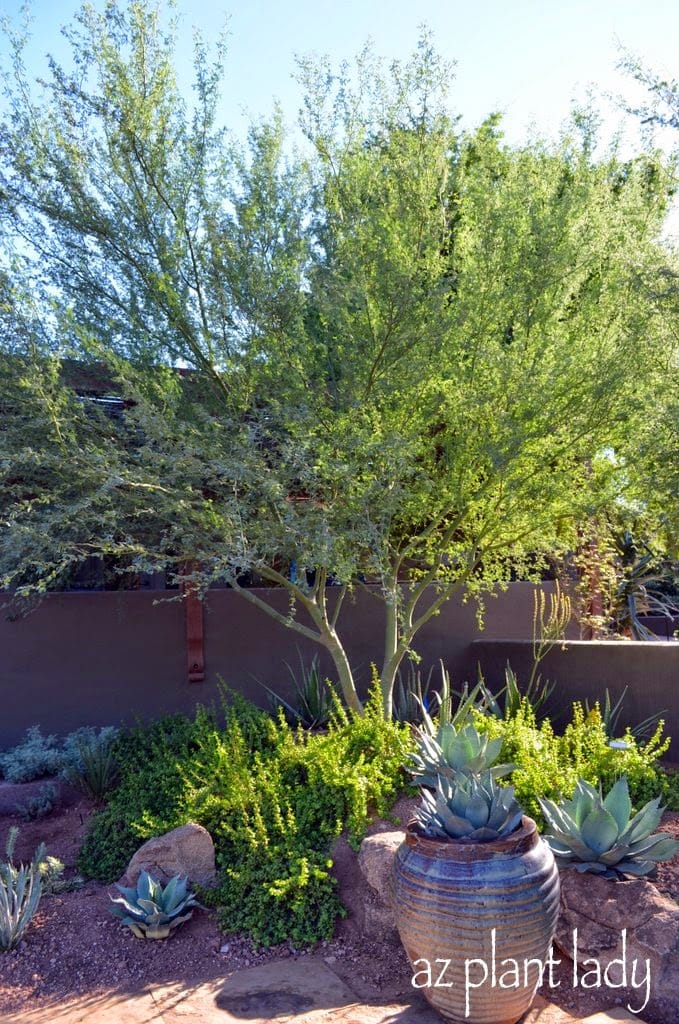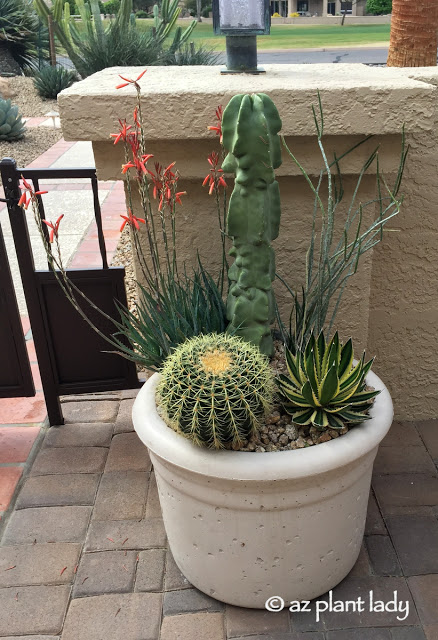
Fertilize Cactus and Succulents in Containers
Tips for Fertilizing Cactus and Succulents in Containers
Many of you appreciate the beauty and the low-maintenance of using succulents (including cactus) in containers
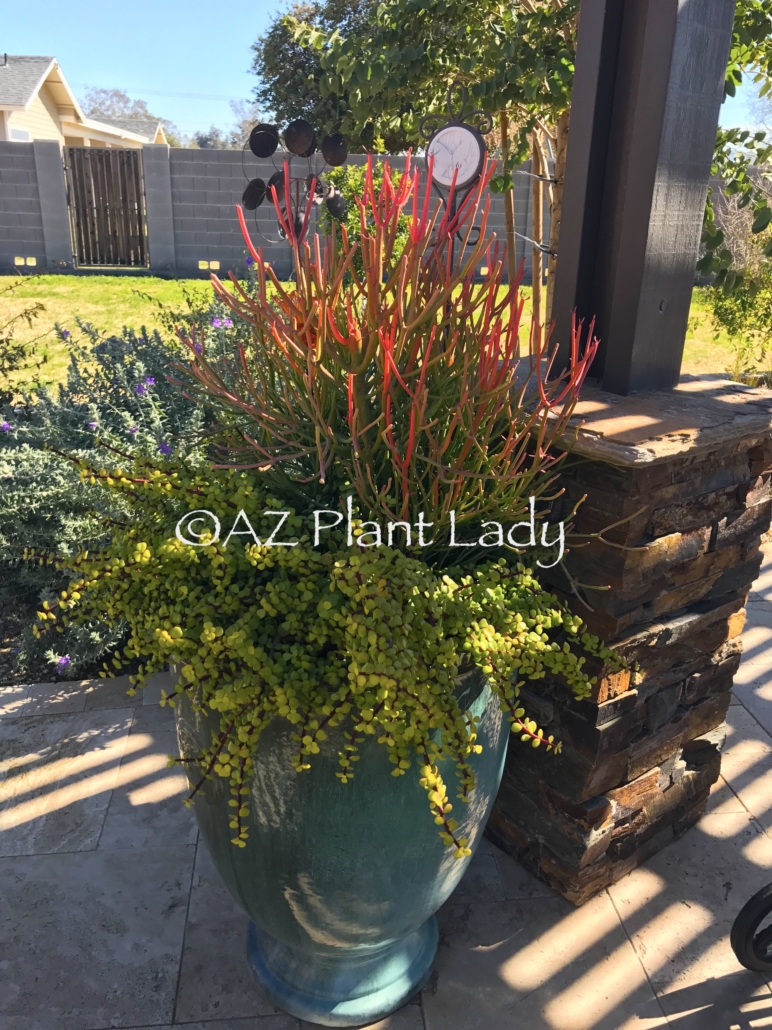
With succulents coming in a myriad of colors and unique shapes, they add welcome beauty to our outdoor spaces.
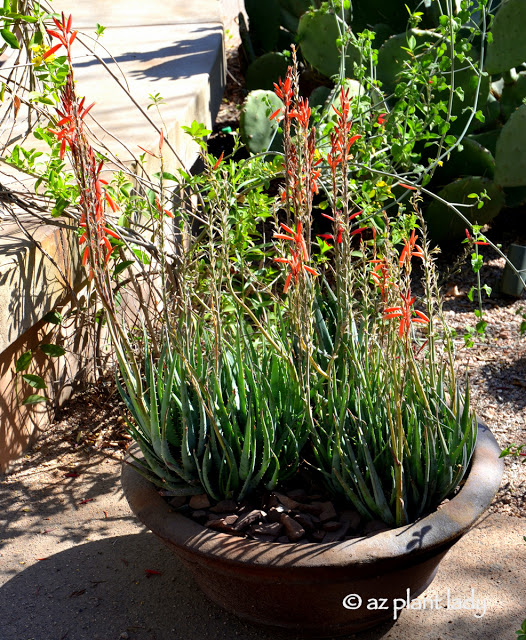
Photo: Blue Elf Aloe (Aloe x ‘Blue Elf’)
While using succulents, (as opposed to flowering annuals) in containers are a more low-maintenance option, they do need regular applications of fertilizer.
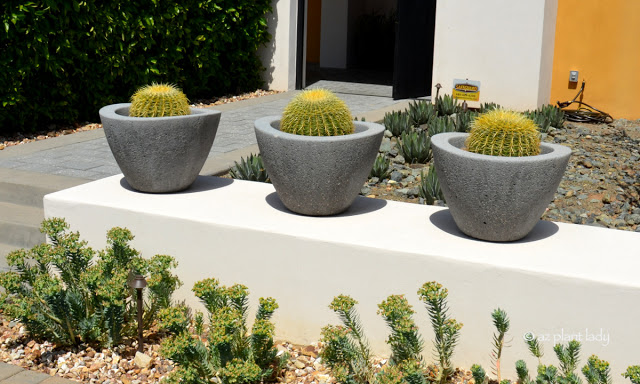
Photo: Golden Barrel Cactus (Echinocactus grusonii)
Importance of Fertilizing Container Succulents
Succulents grown in the ground get their nutrients from the surrounding soil. Micro-organisms in the soil are constantly breaking down organic matter, which adds nutrients.
However, the soil in pots doesn’t undergo this process and whatever plant you grow, need supplemental nutrients in the form of fertilizer.
This is even true of cactus and other succulents.
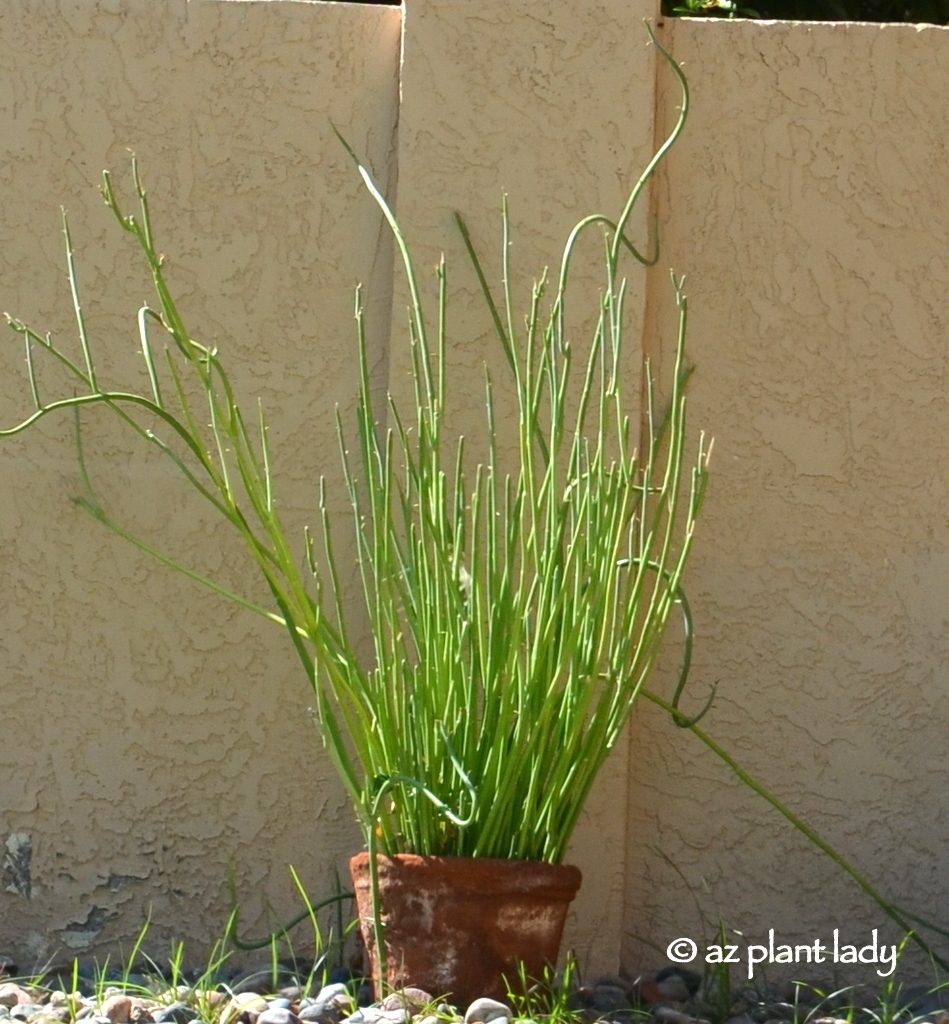
Photo: Lady’s Slipper (Pedilanthus macrocarpus)
How to Fertilize Succulents in Containers
So how do you go about fertilizing succulents in containers?
1. Type of fertilizer for succulents
You can use a liquid, low-nitrogen fertilizer or go for the organic option of fish emulsion.
2. How often to fertilize cactus and succulents in containers
I like to use a slow-release fertilizer such as Osmocote, applying every 3 months, at 1/2 the recommended strength on the package. If you prefer using a liquid fertilizer, you can use a product such as Fame Organic Garden Fertilizer, which should be applied monthly beginning in mid-spring to late summer.
3. When to fertilize your container succulents
Apply every three months when using a slow-release fertilizer or monthly with a liquid fertilizer. Do this beginning in spring, once the threat of frost has finished in your area. Cacti and succulents don’t need fertilizer in winter.
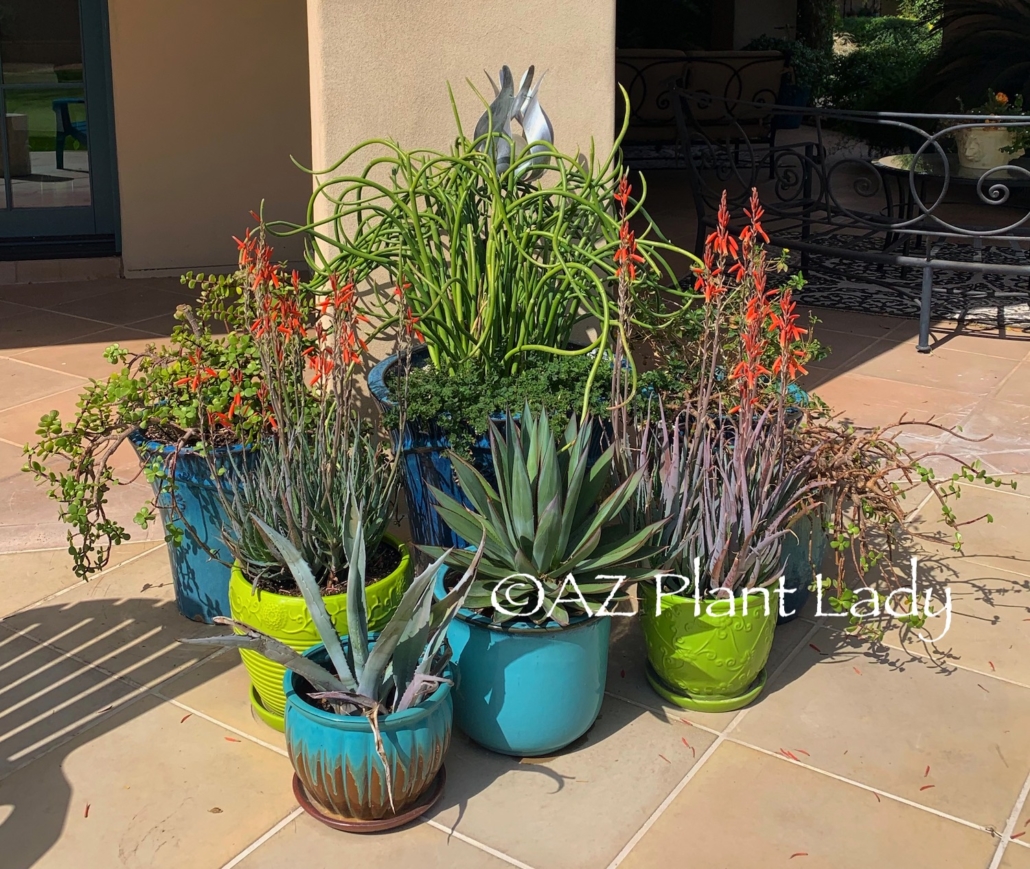
I have a container filled with three different succulents by my front door and I love how it looks and how easy they are to care for. I encourage you to use succulents in containers, which is a great way to add unique beauty to your garden with little fuss!

